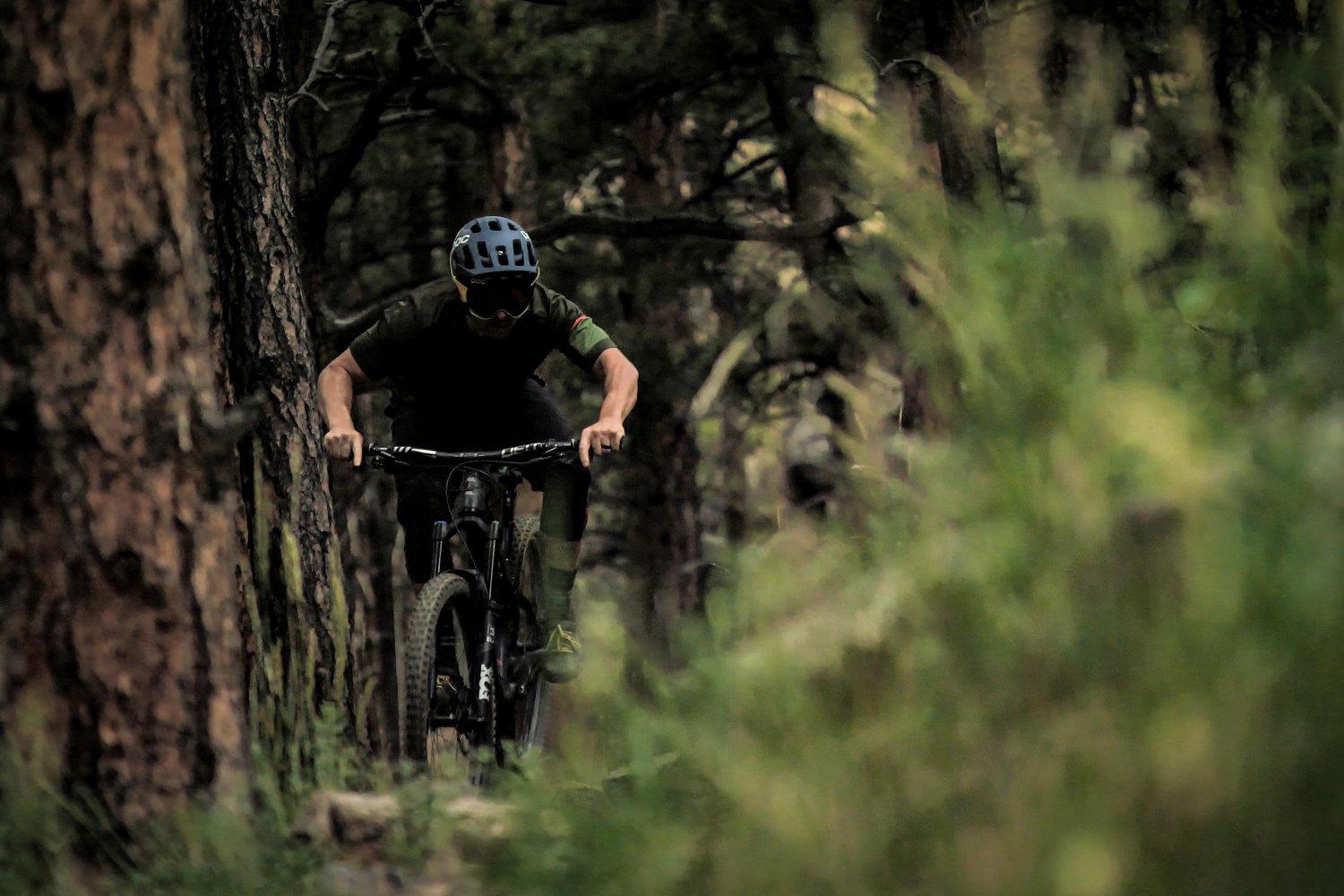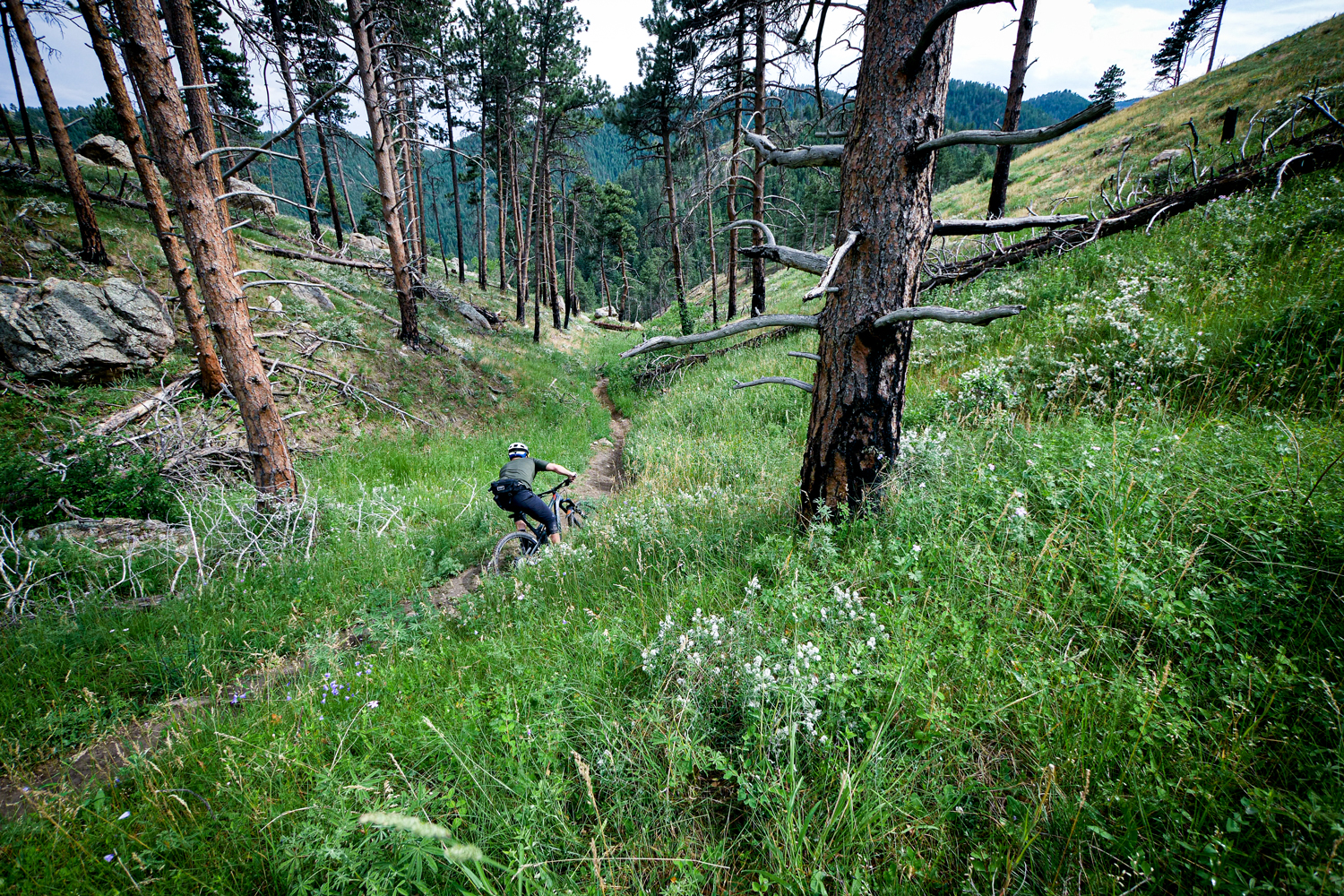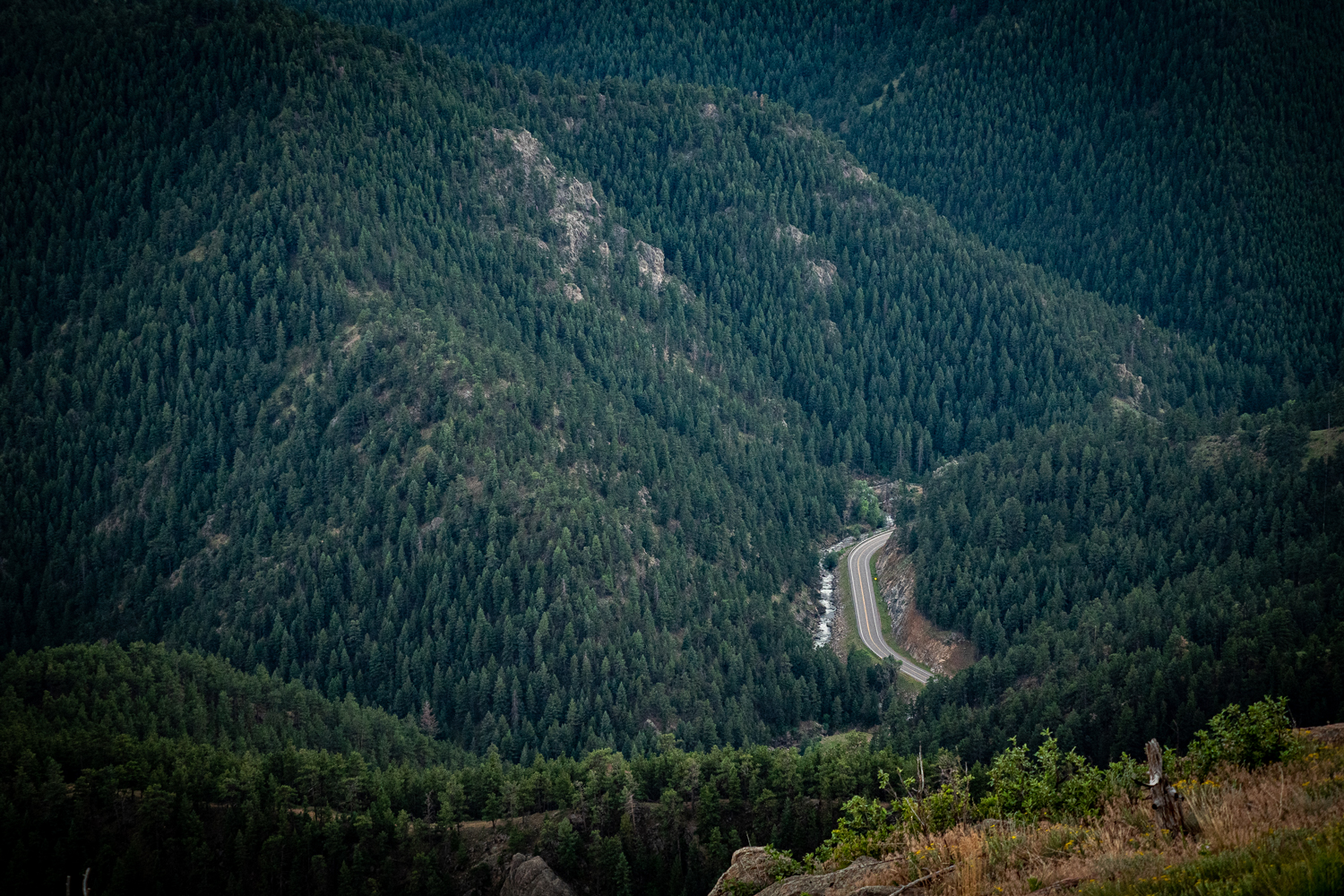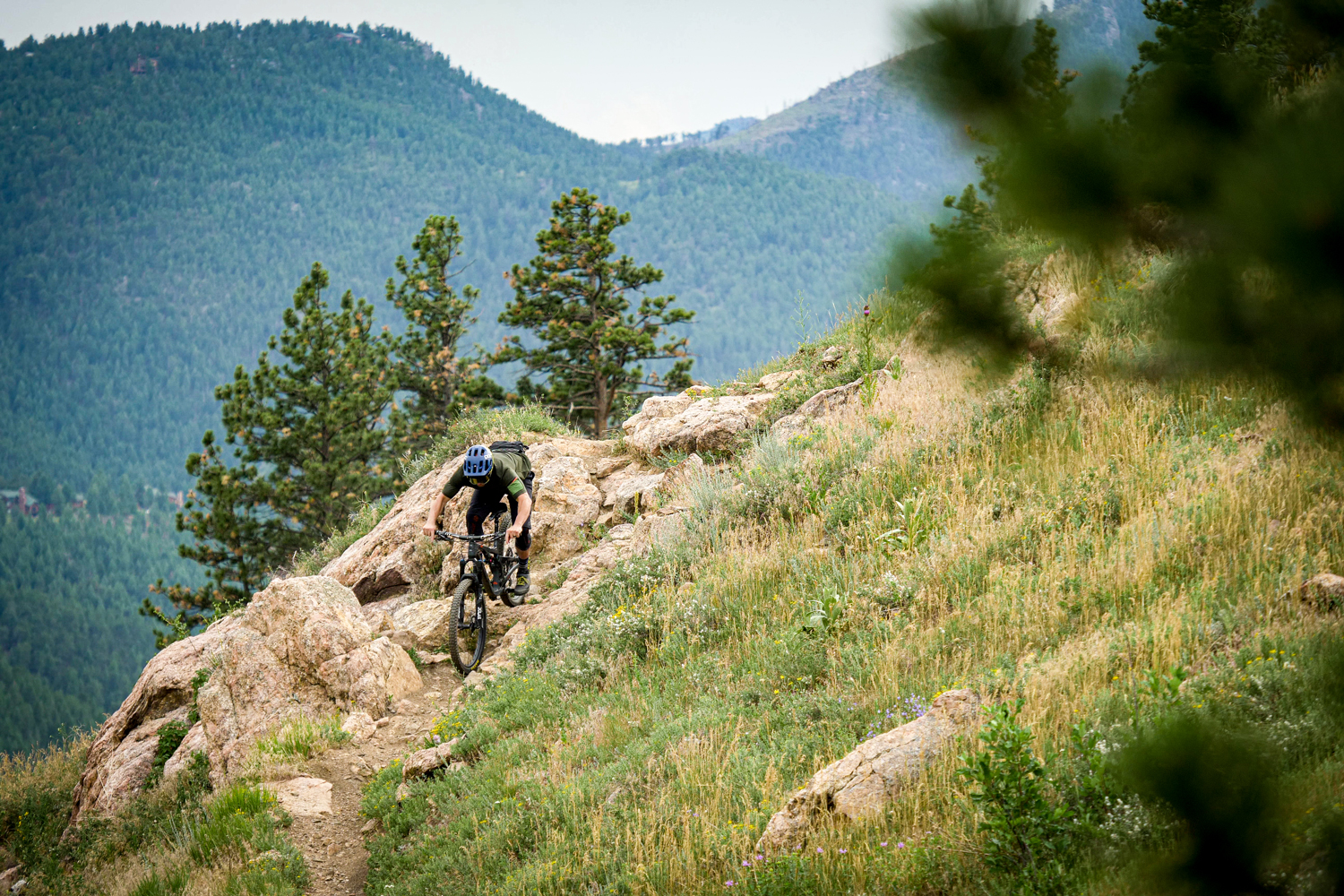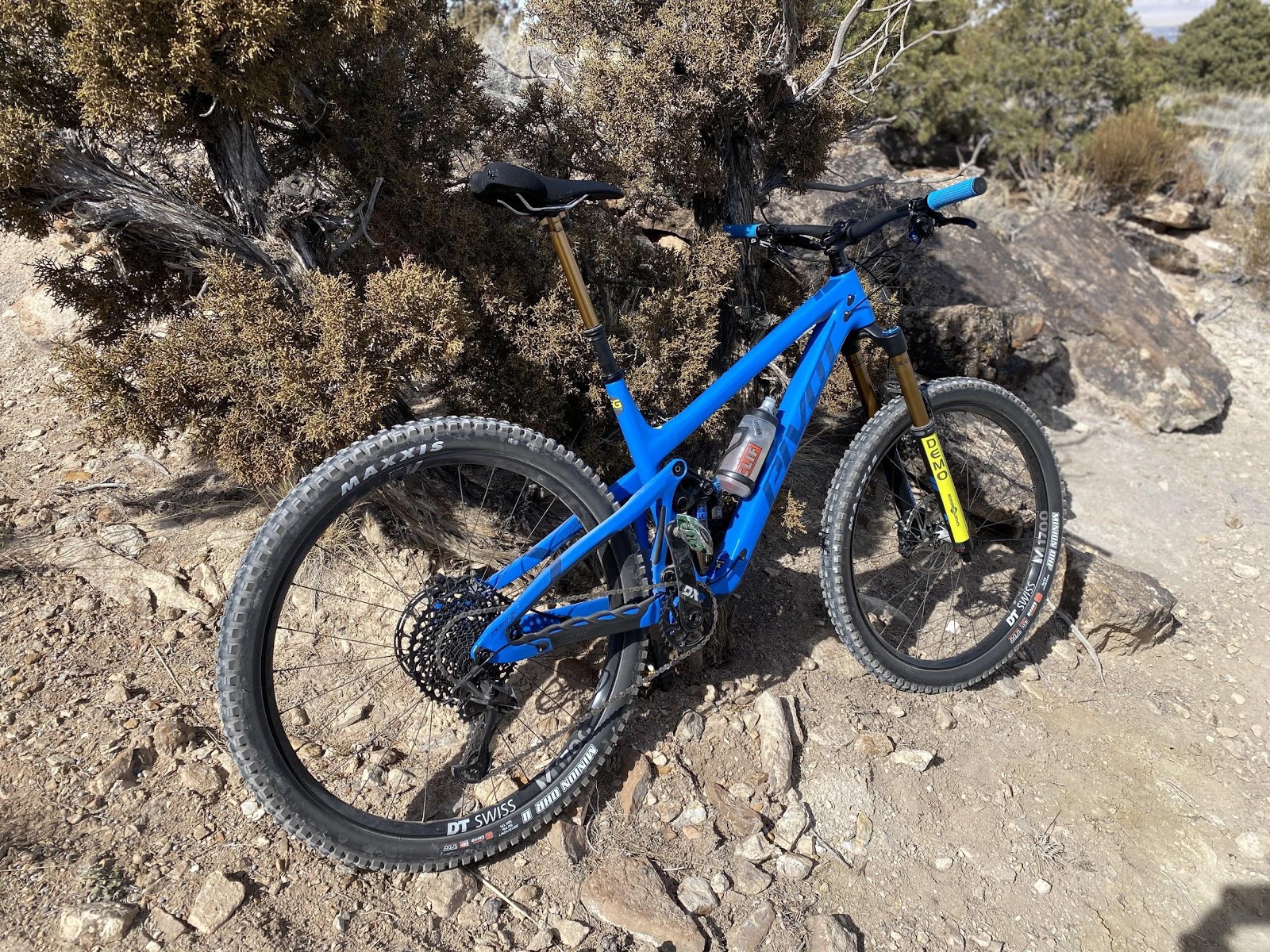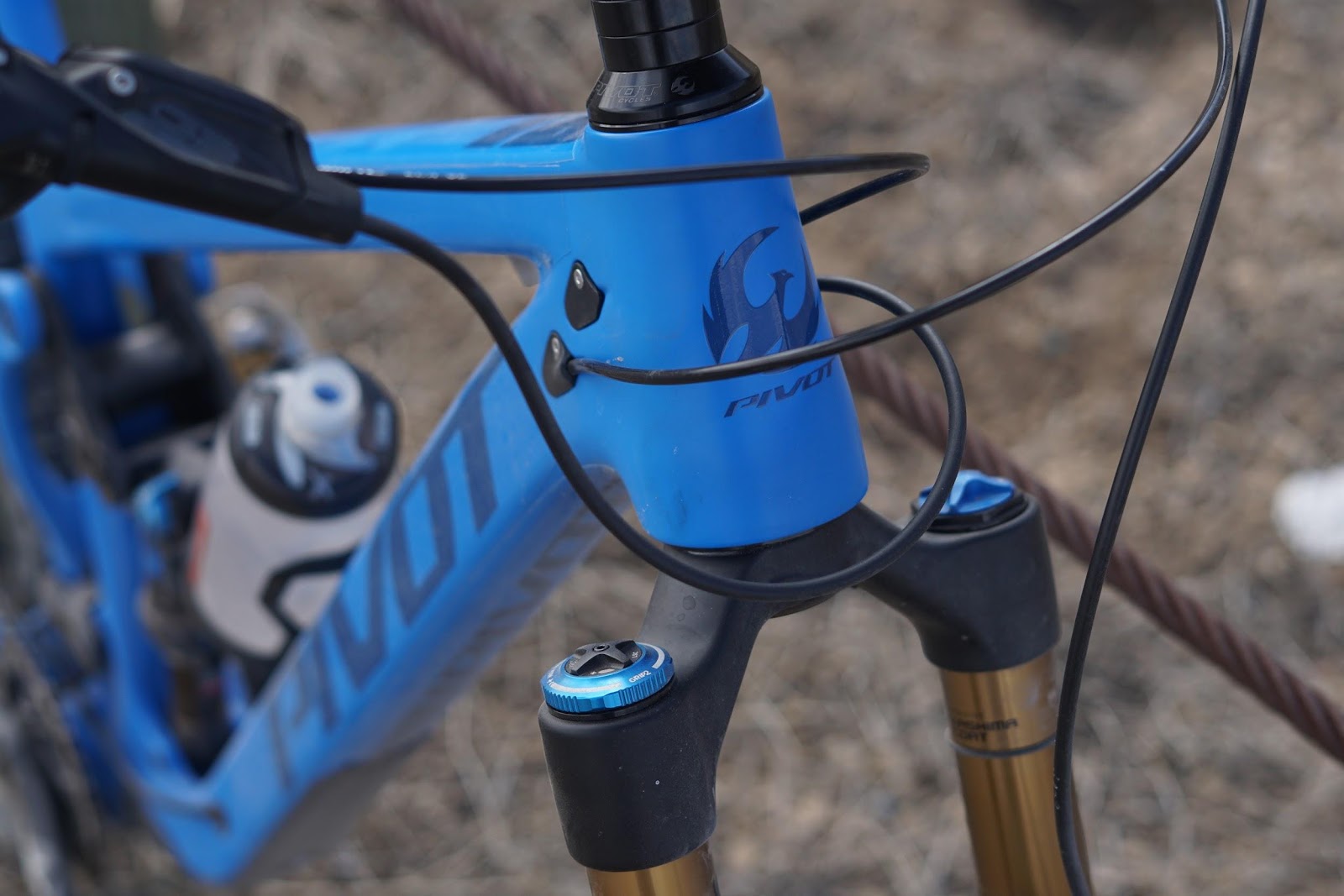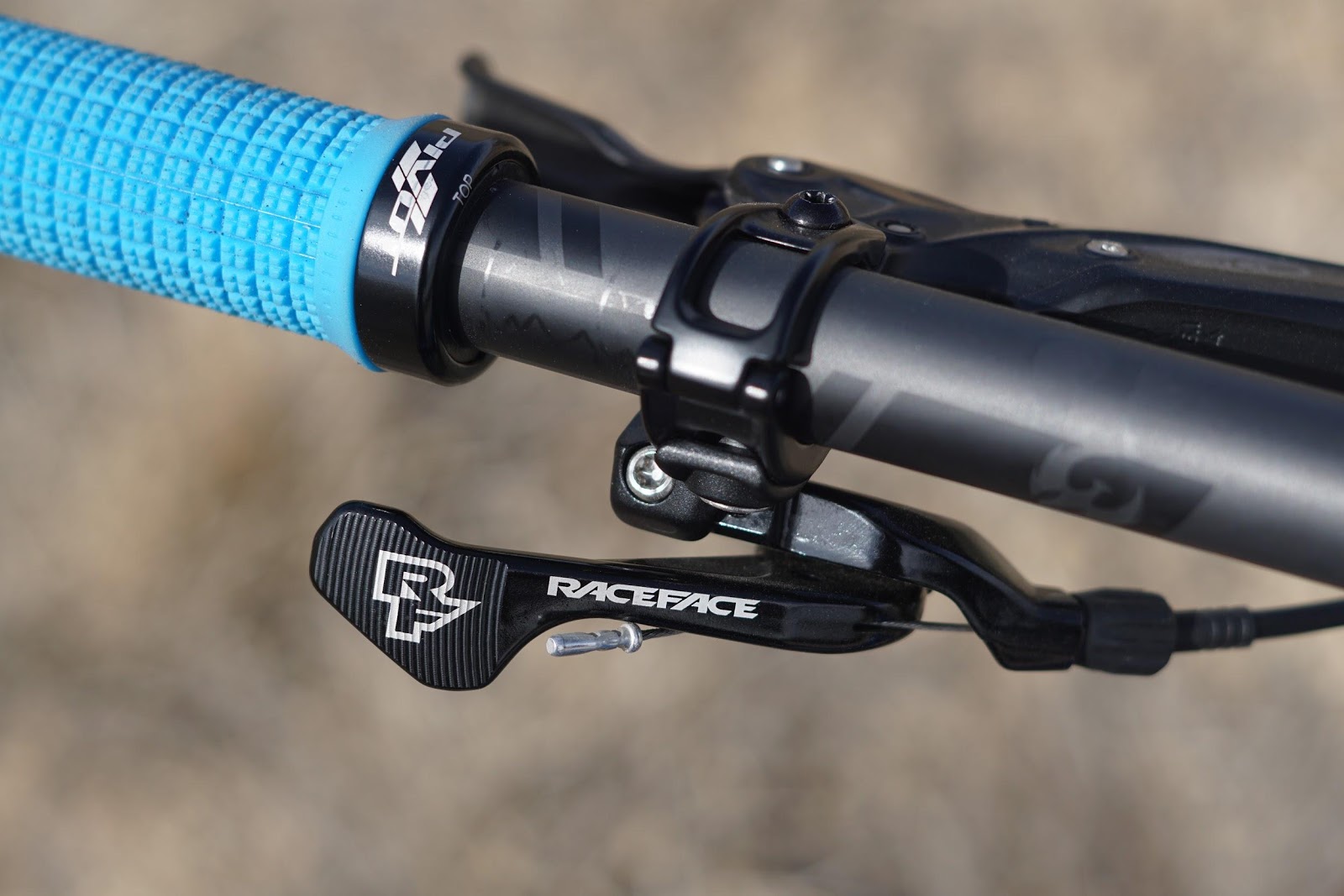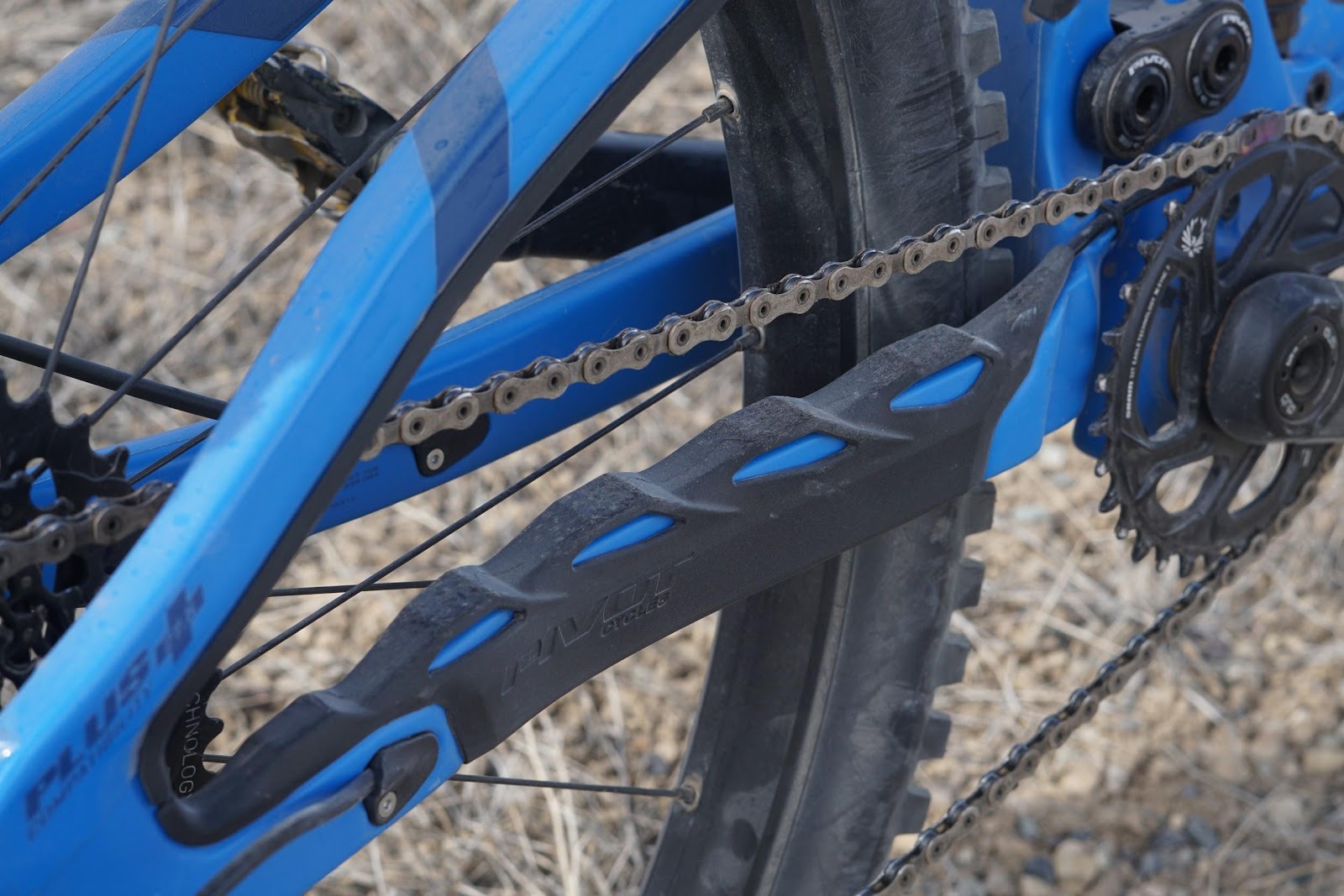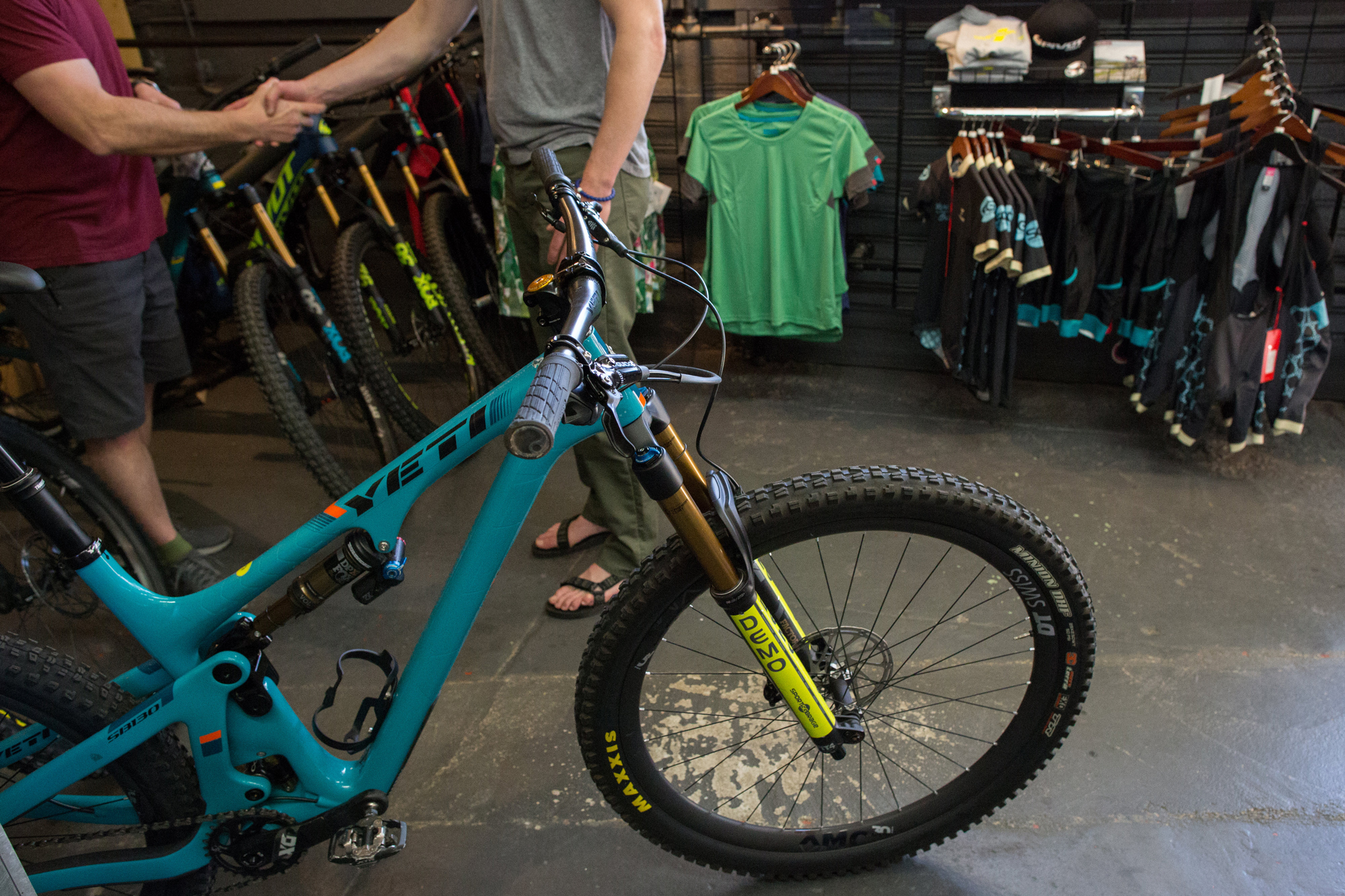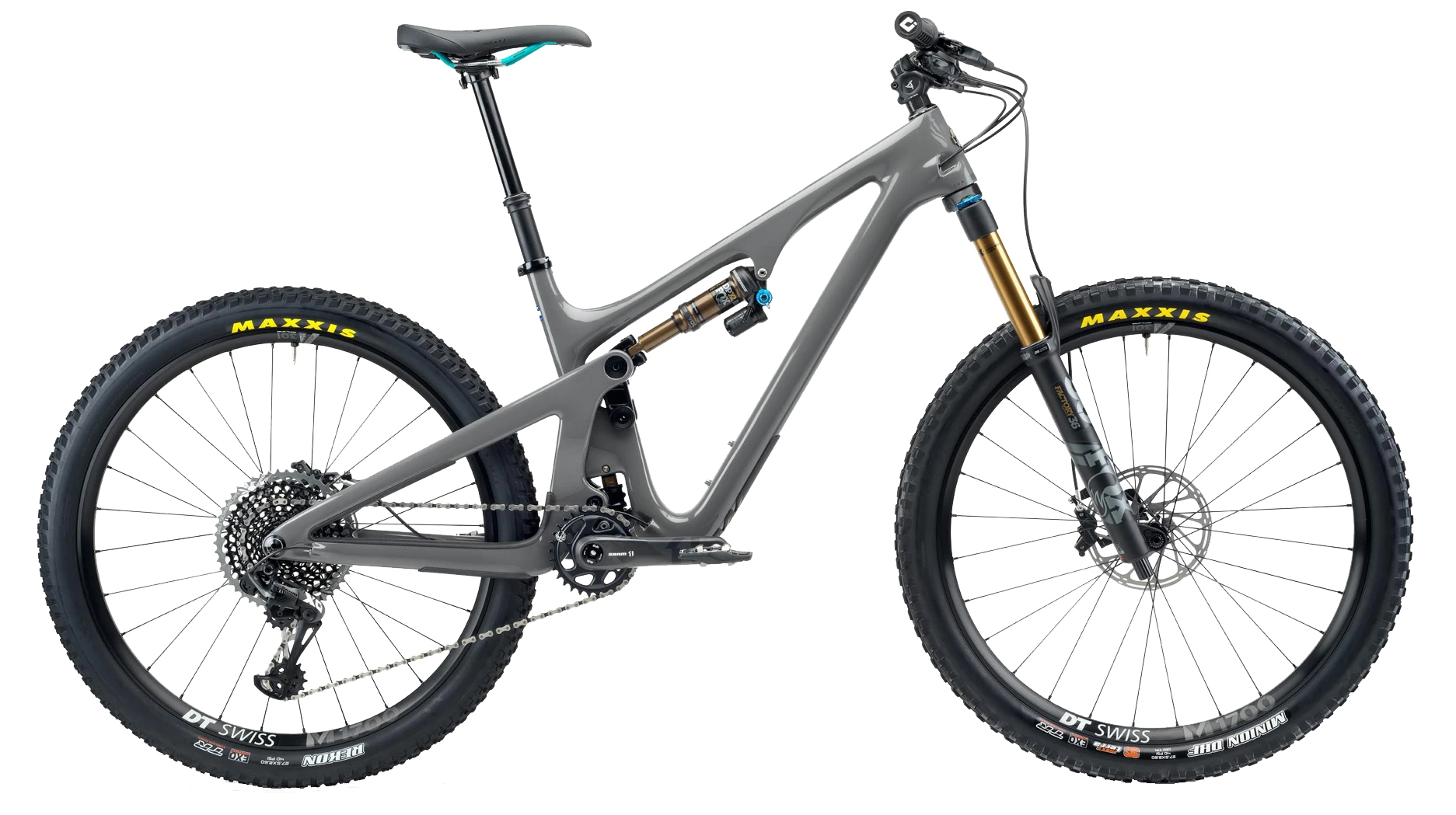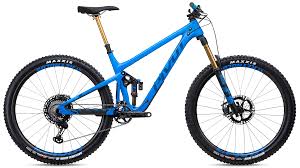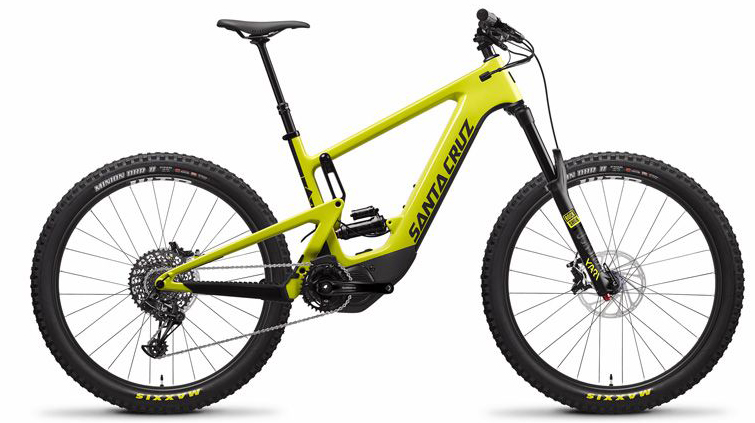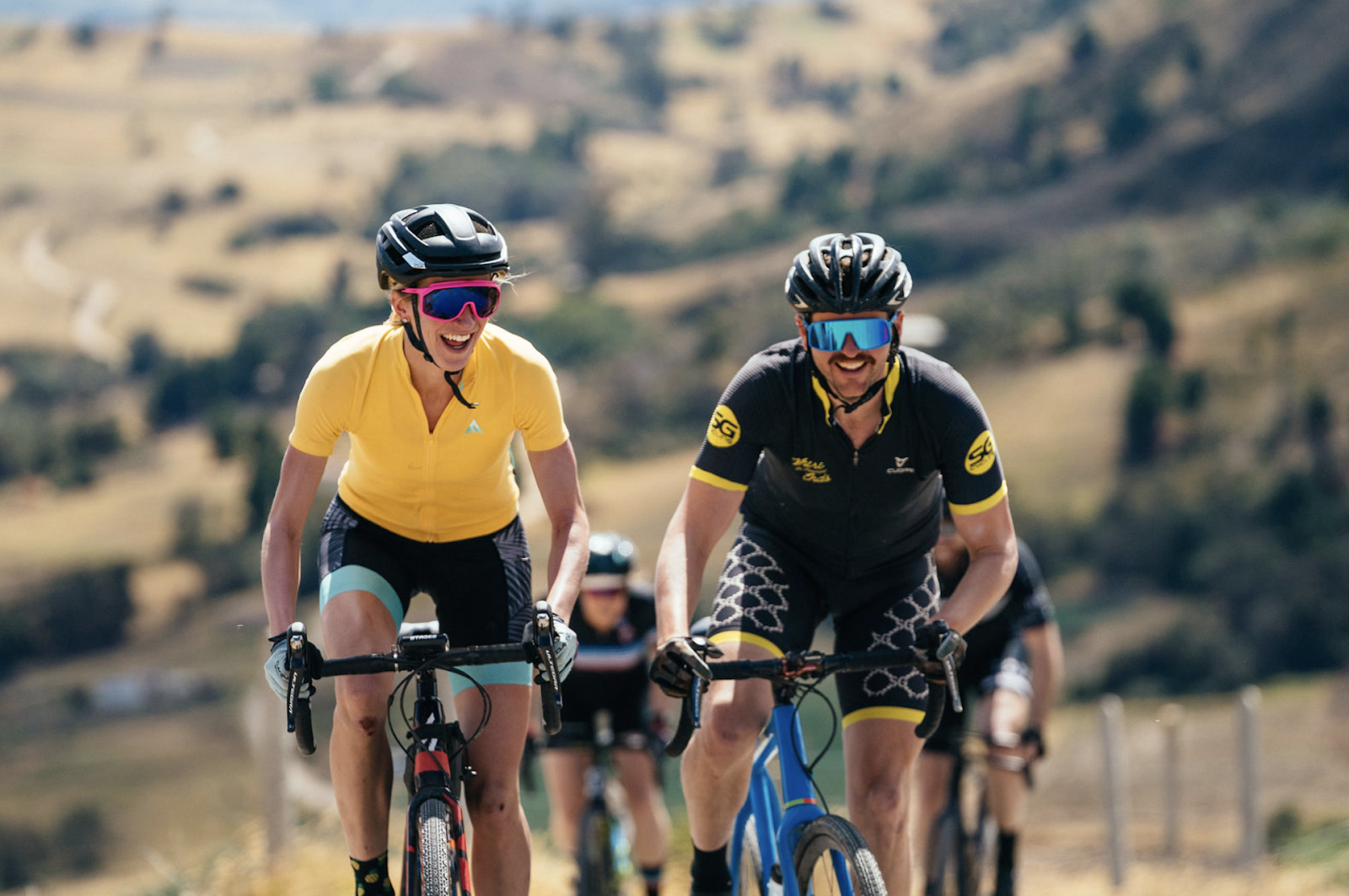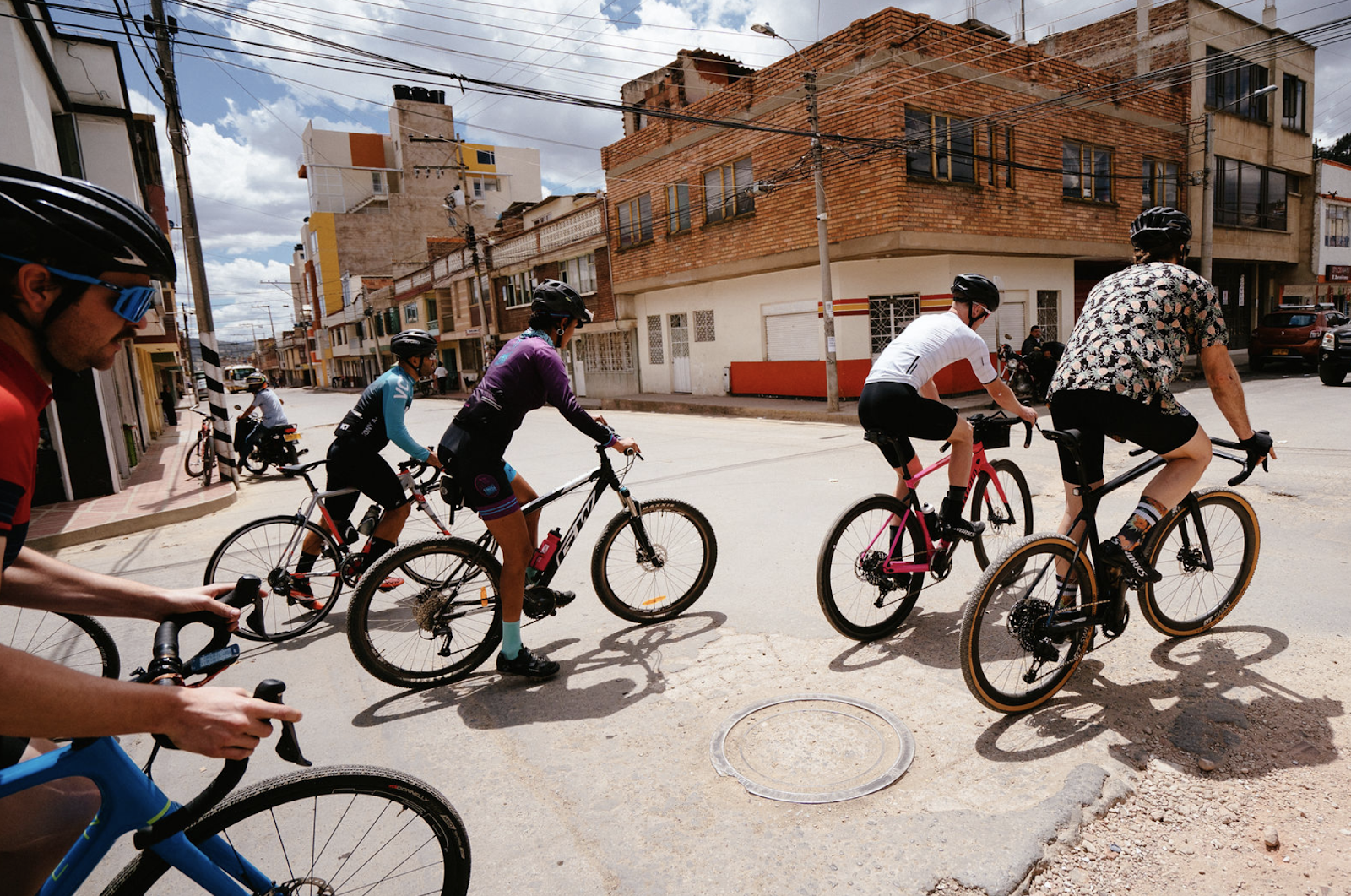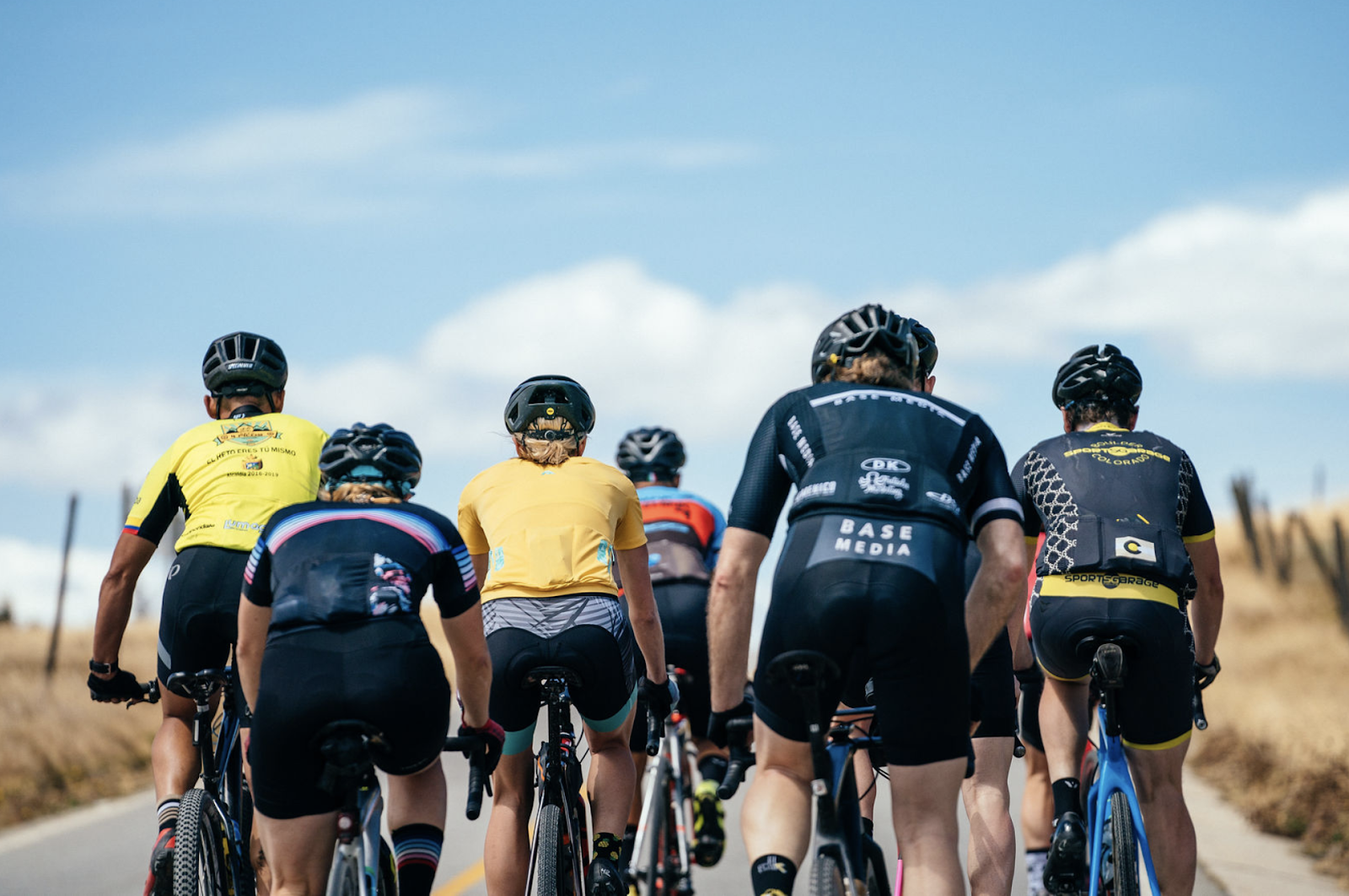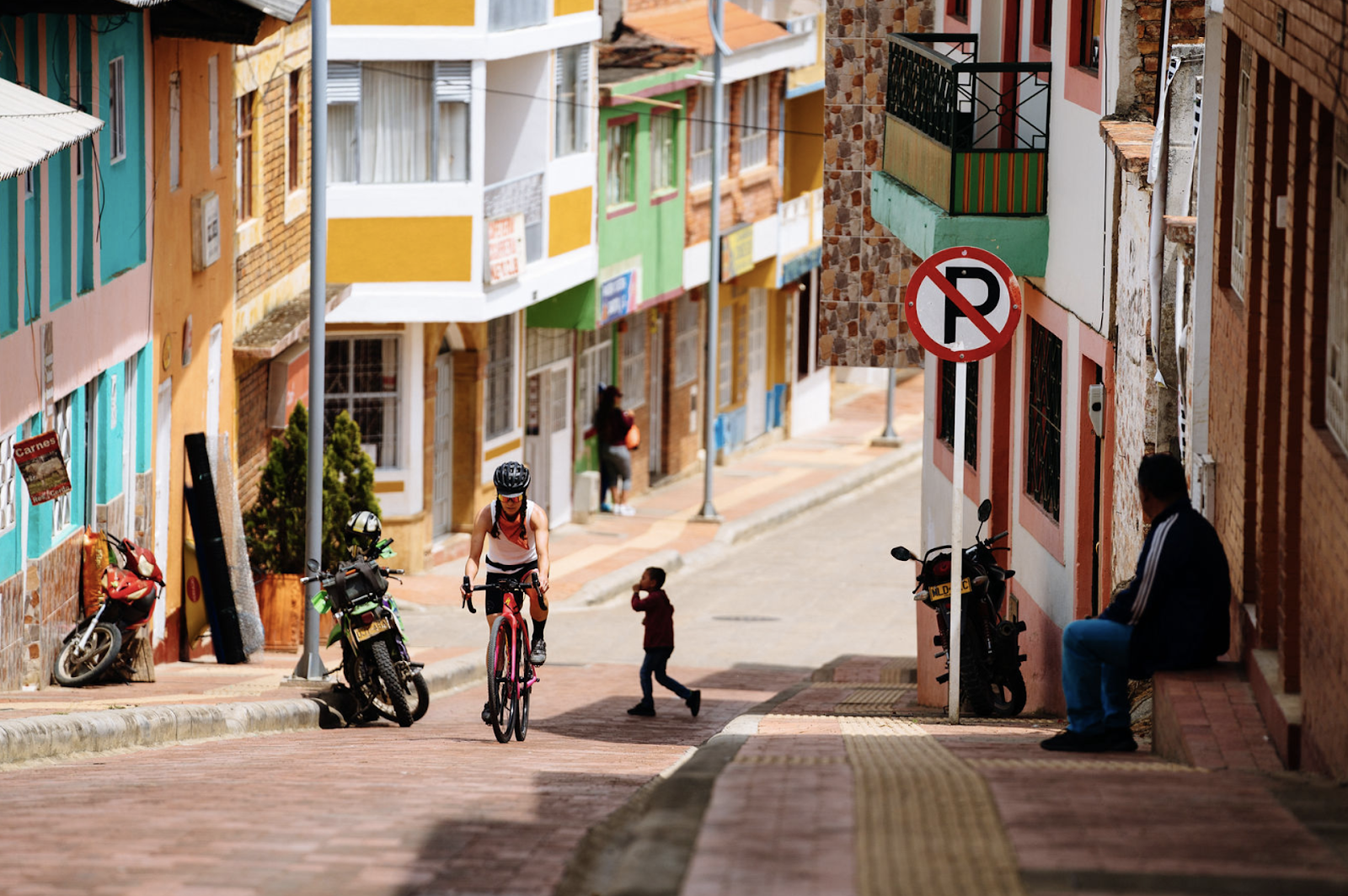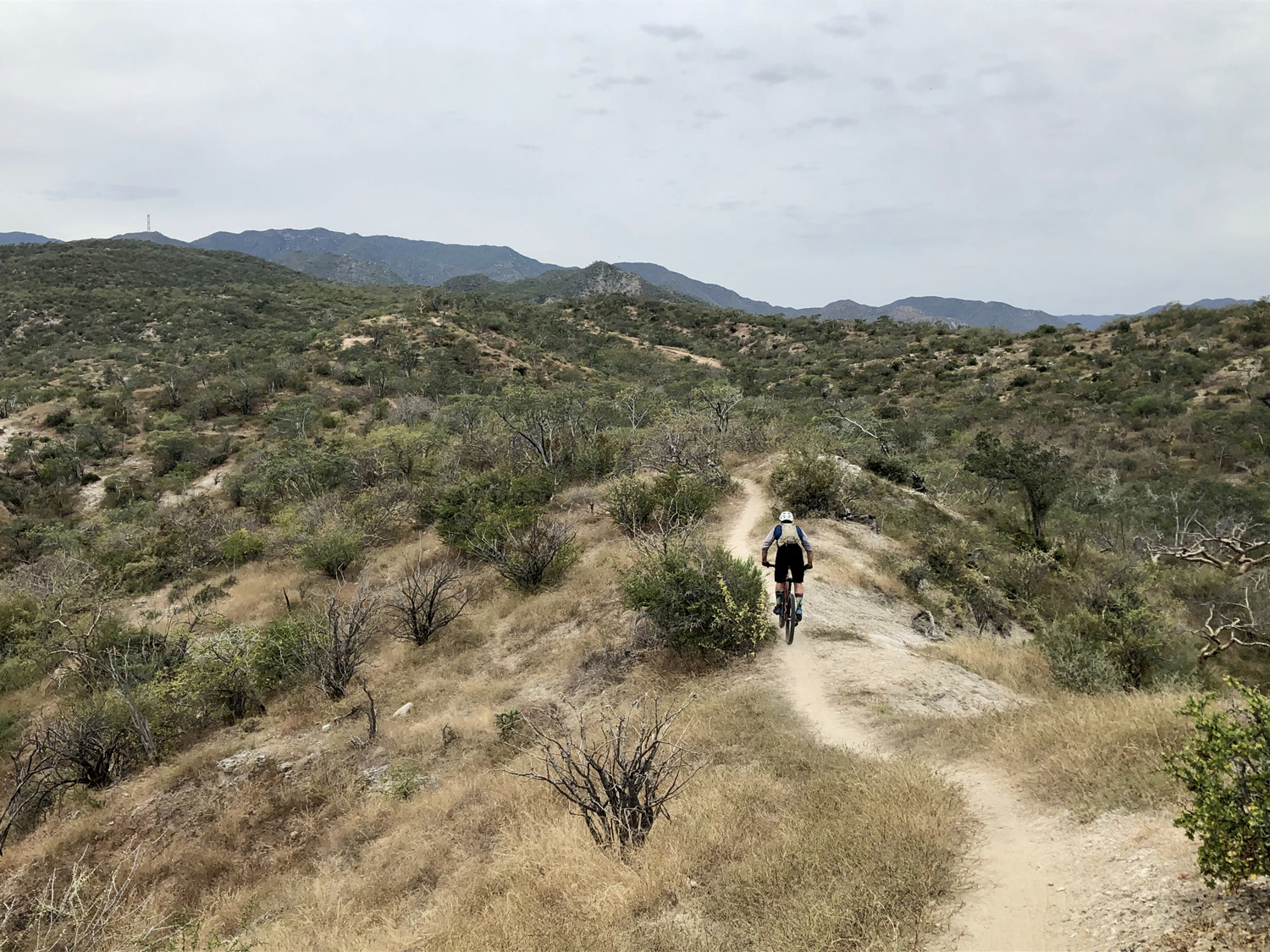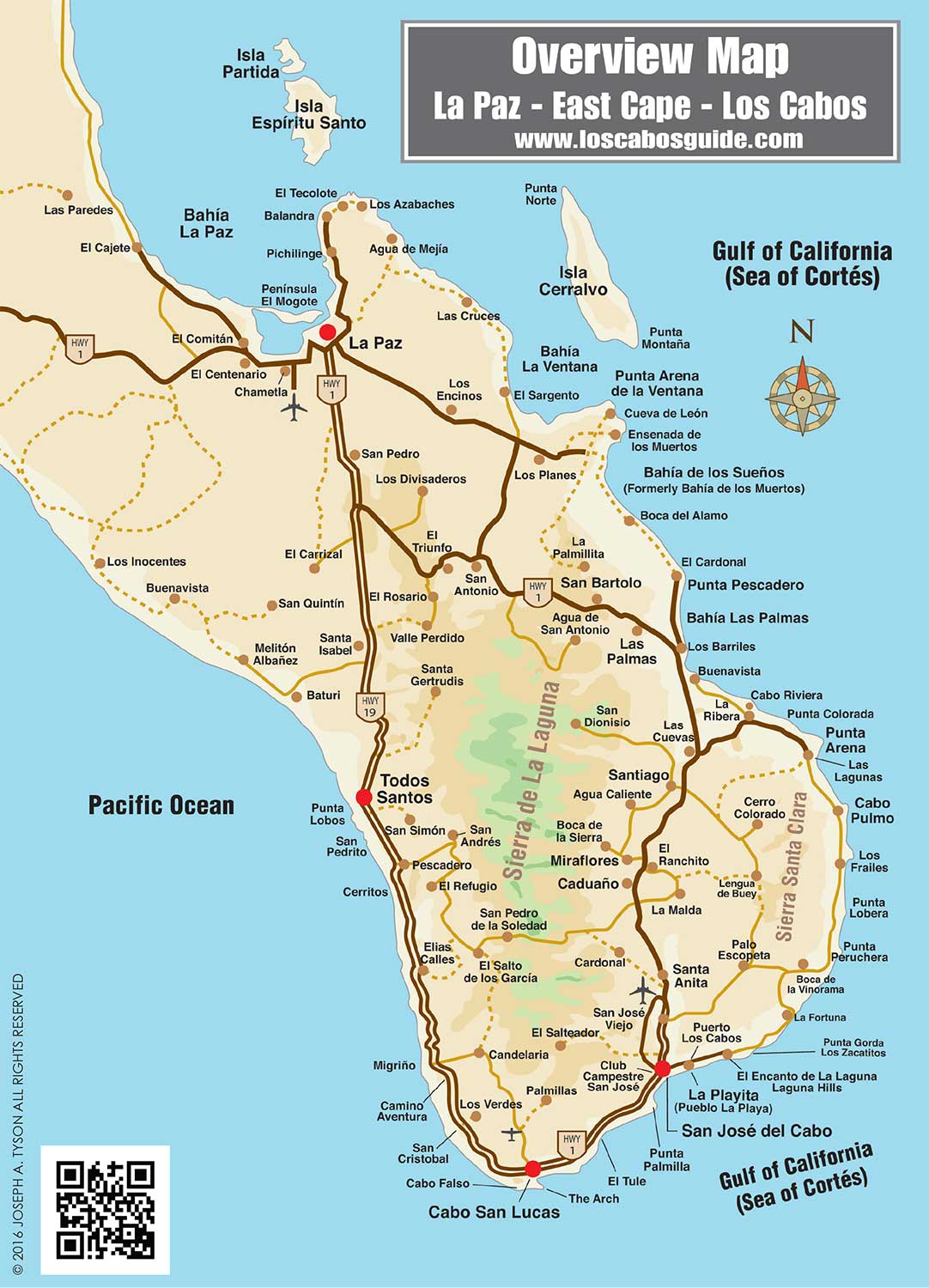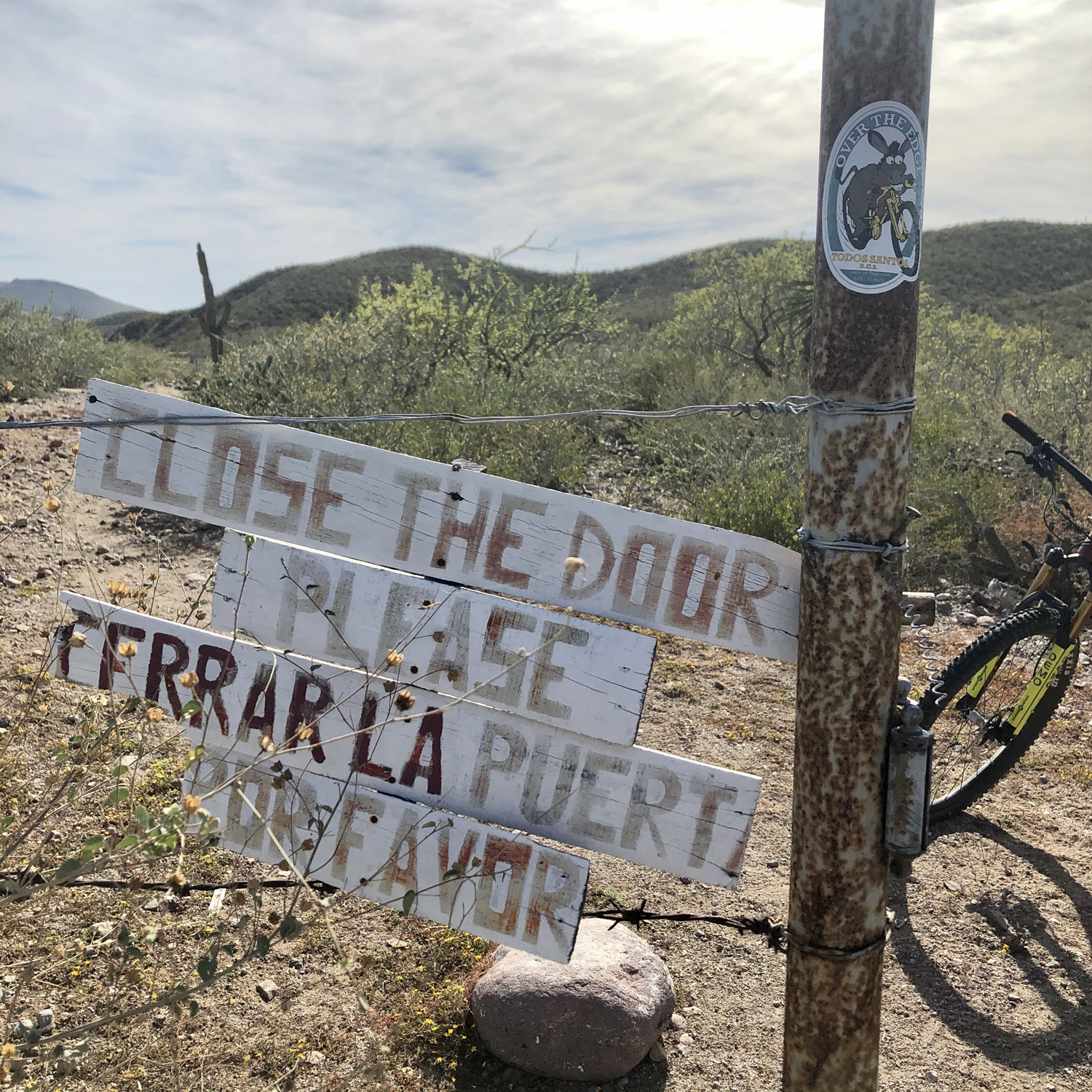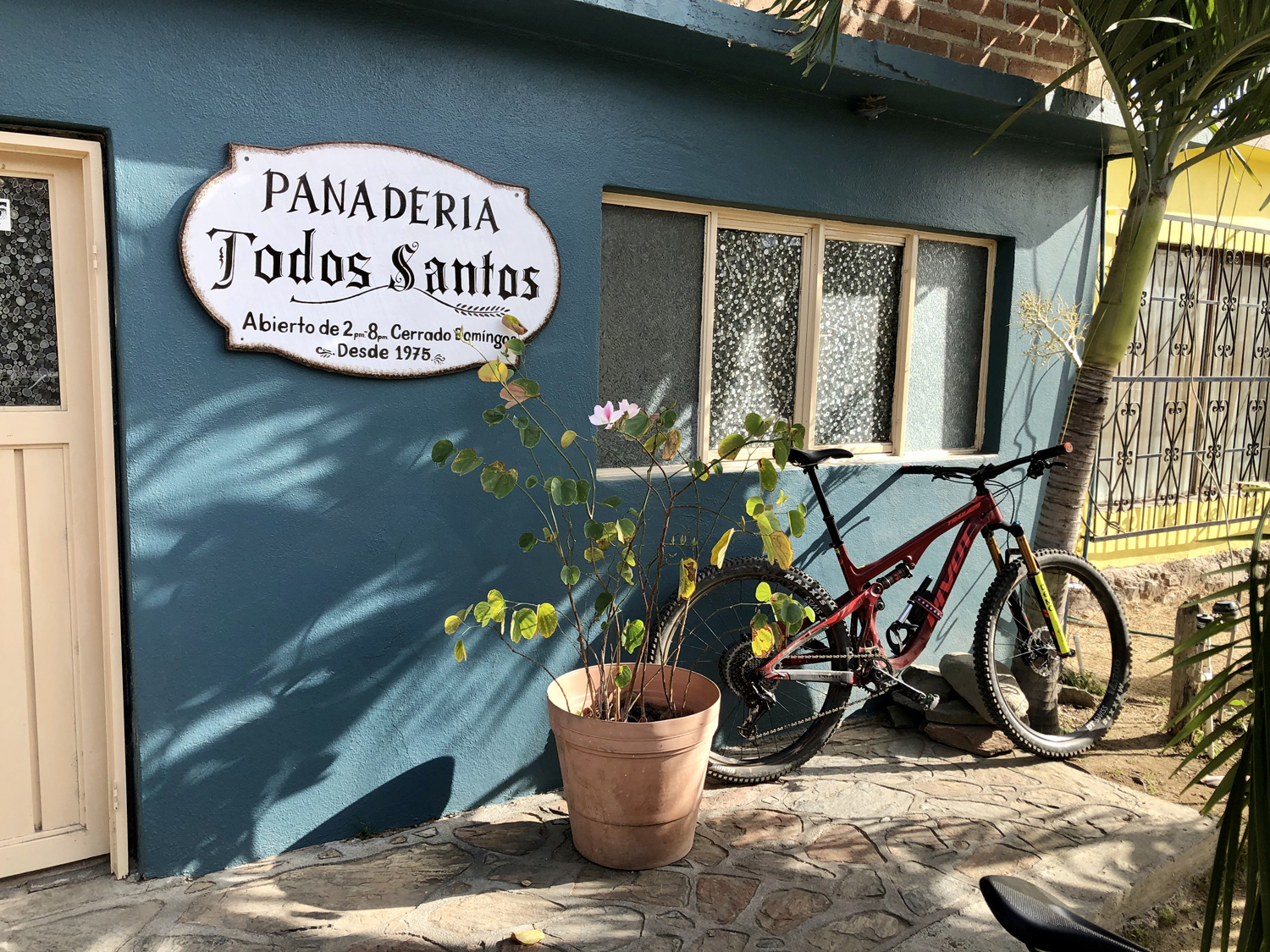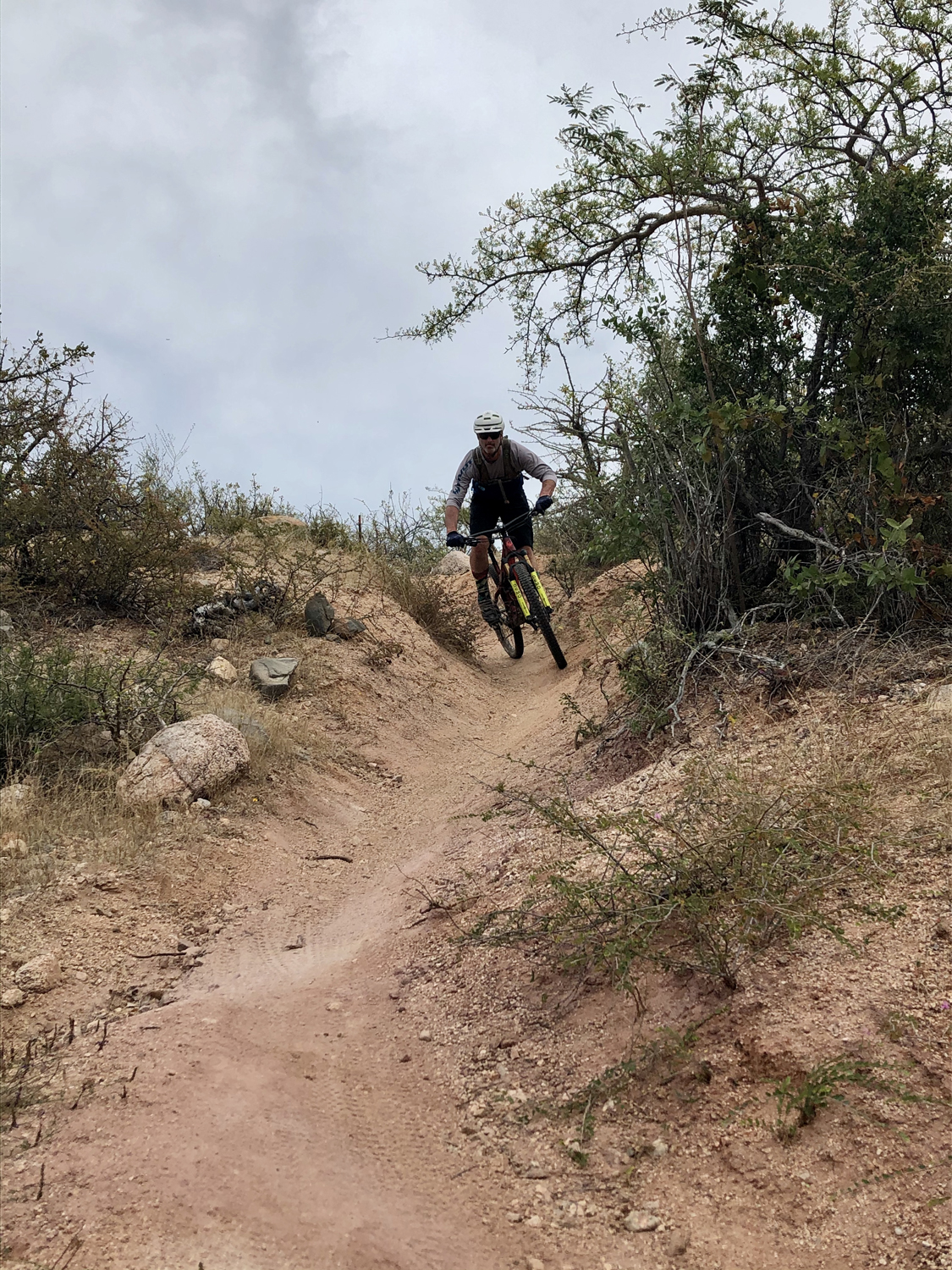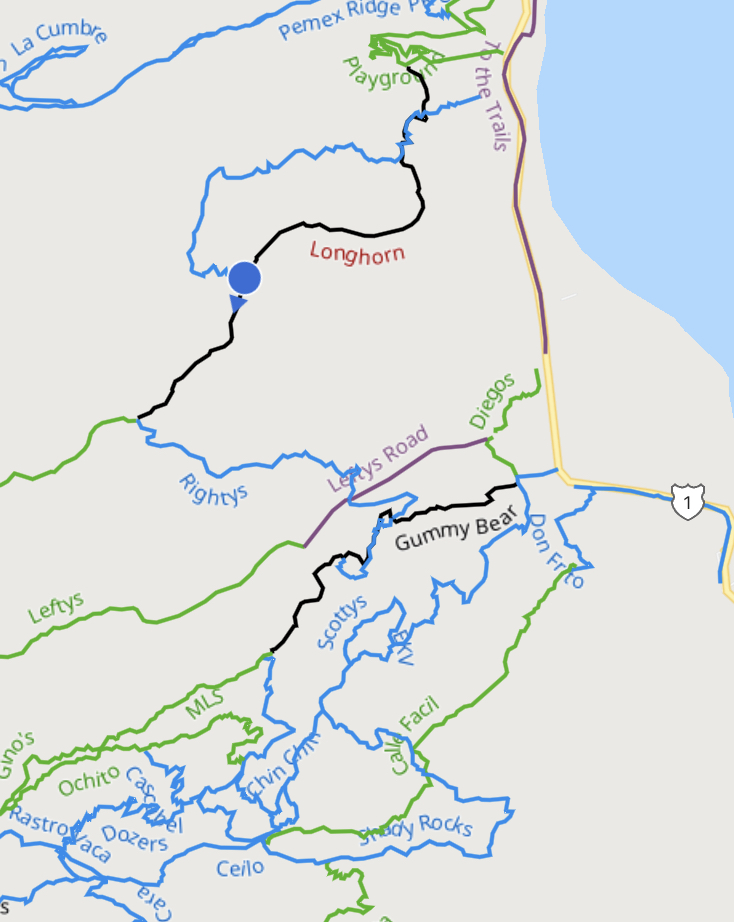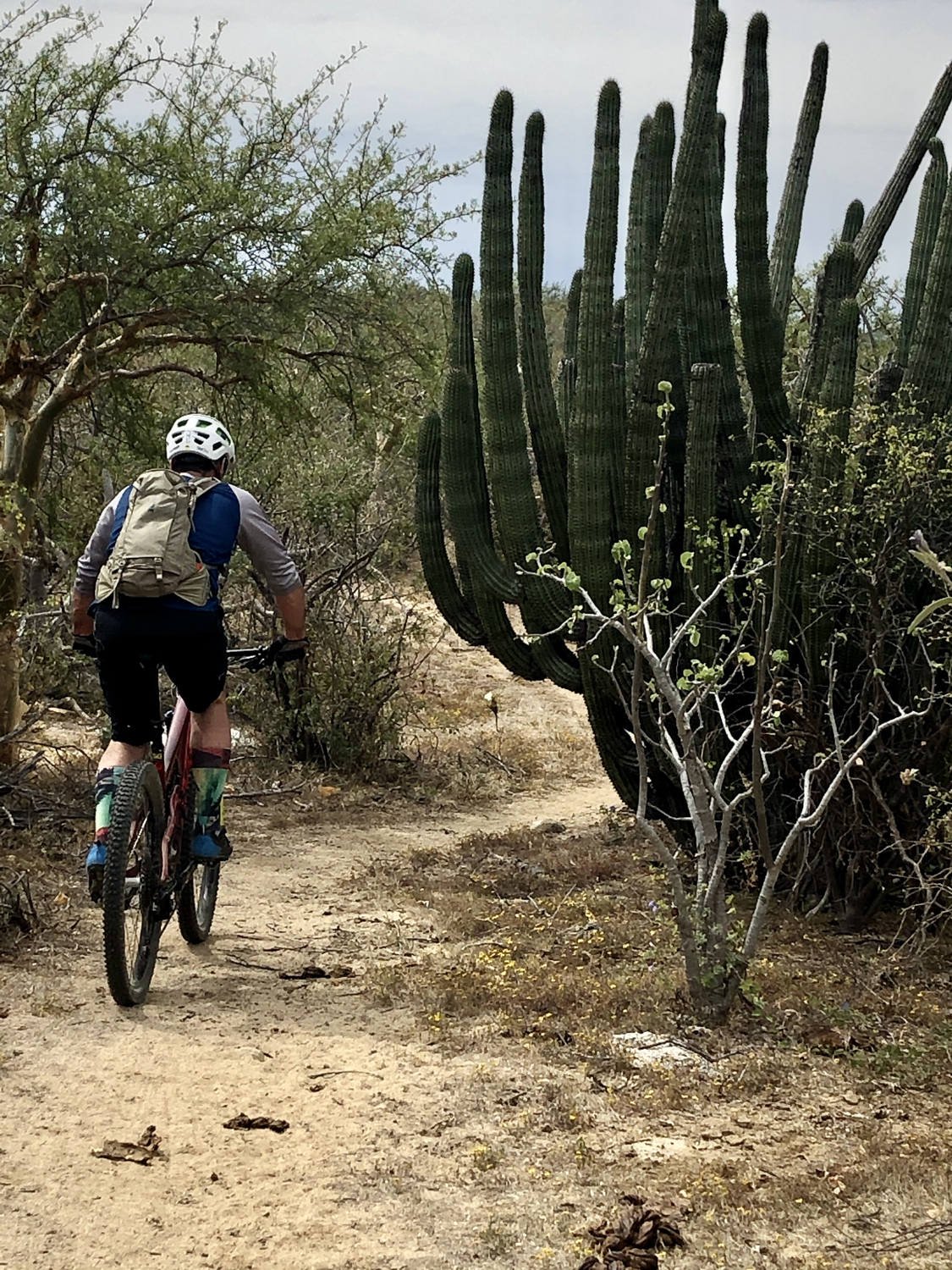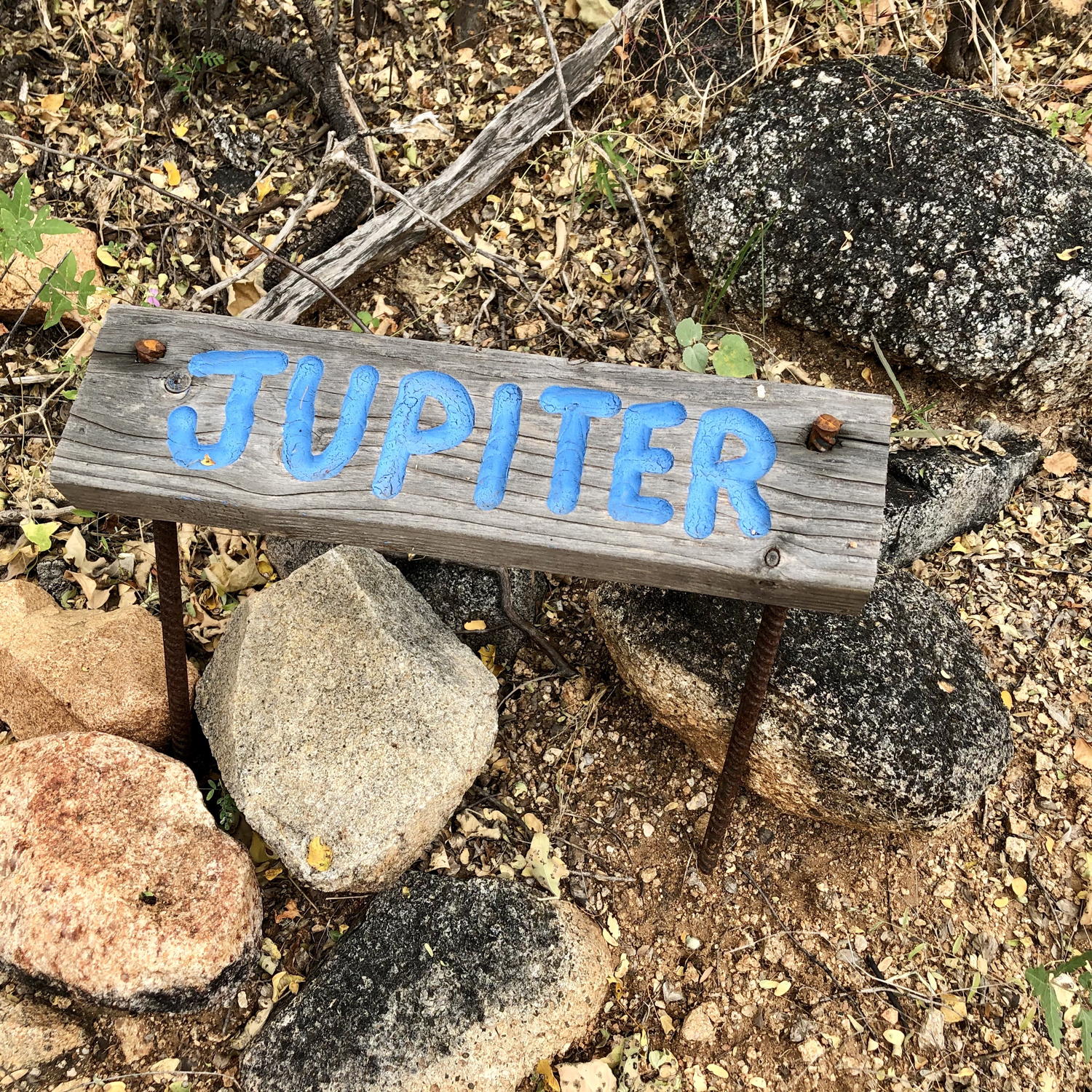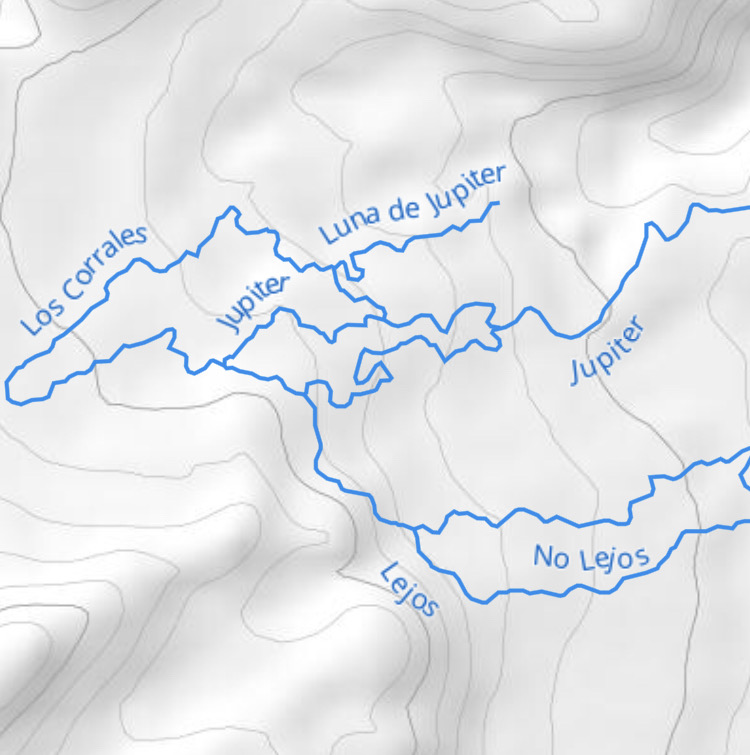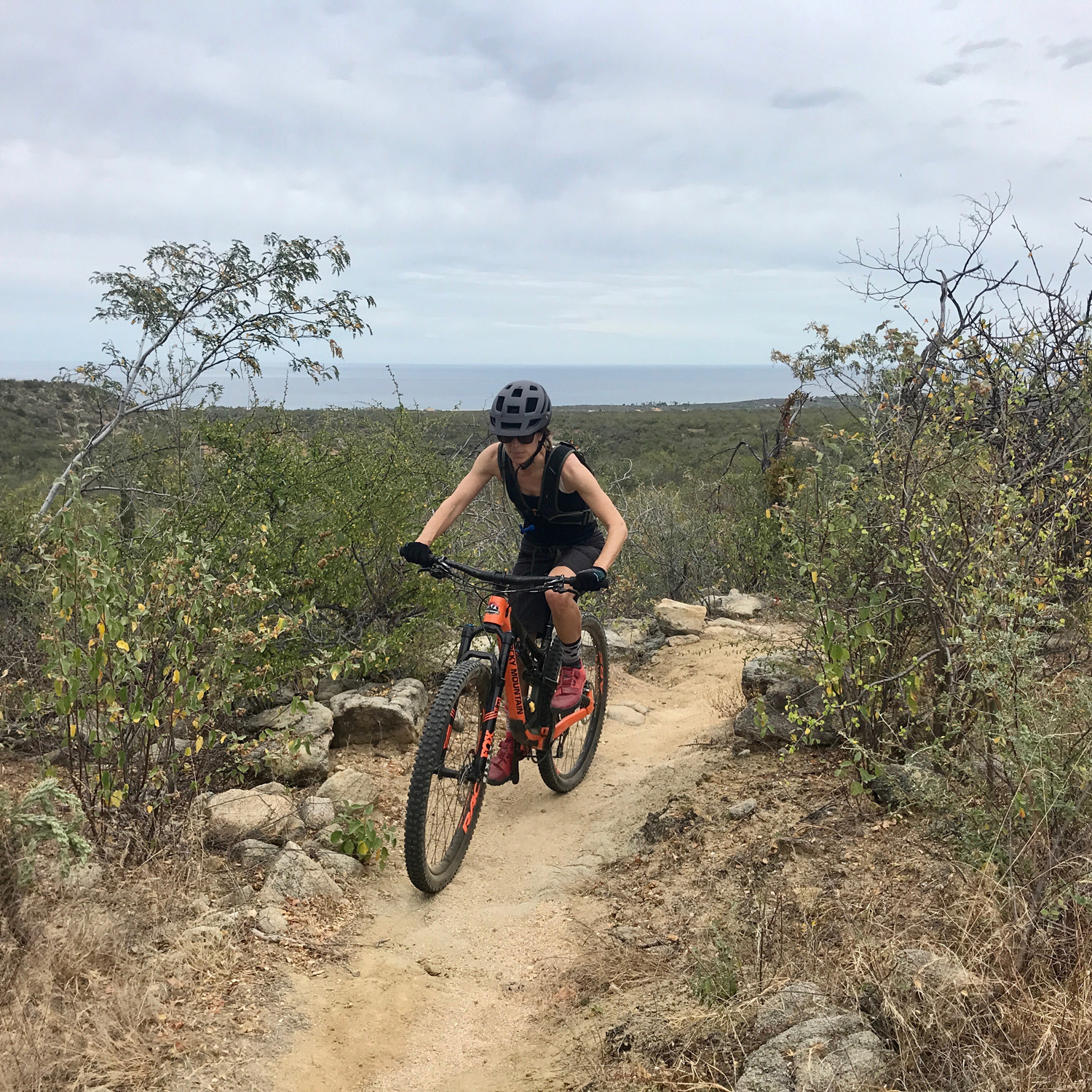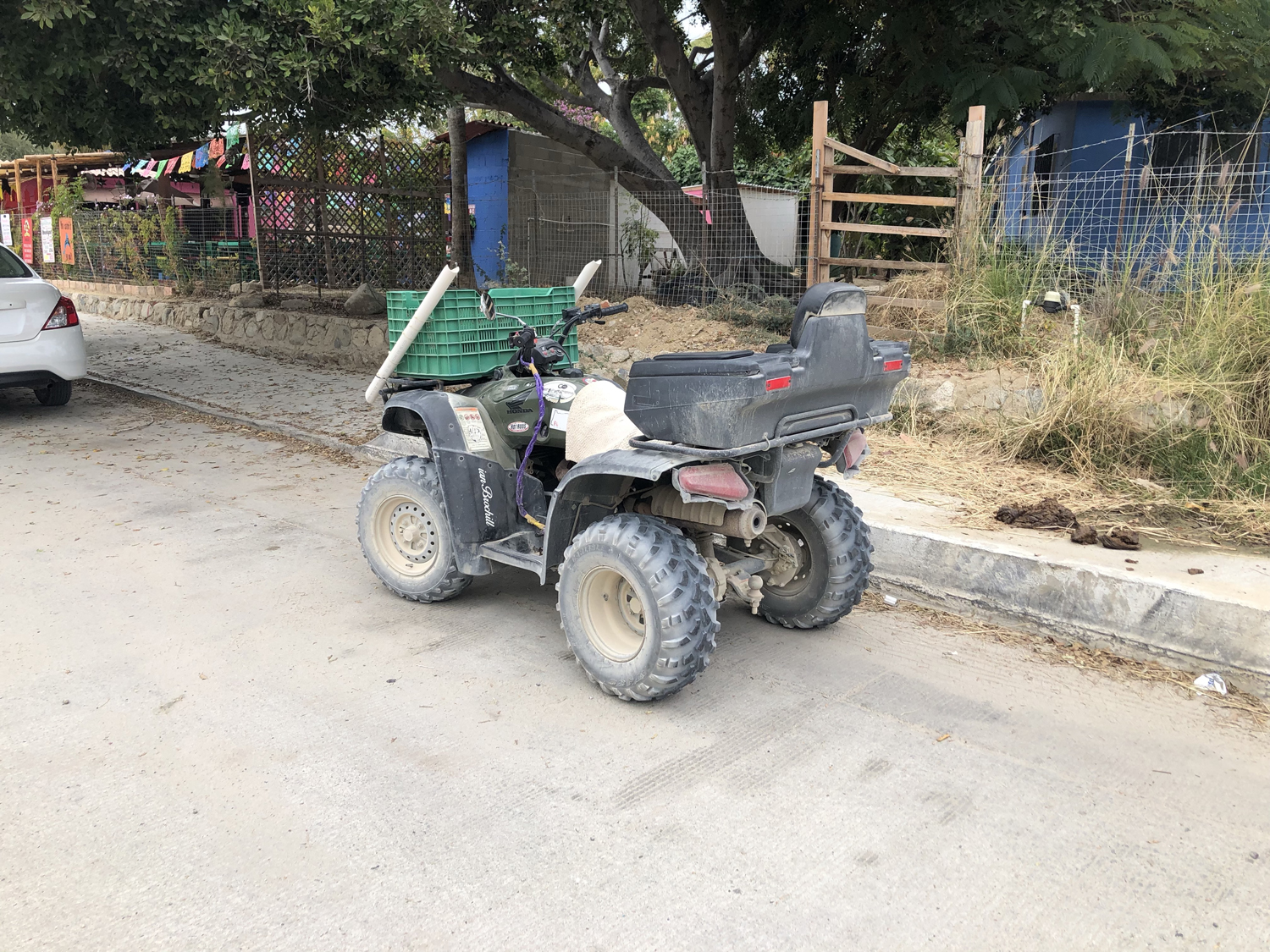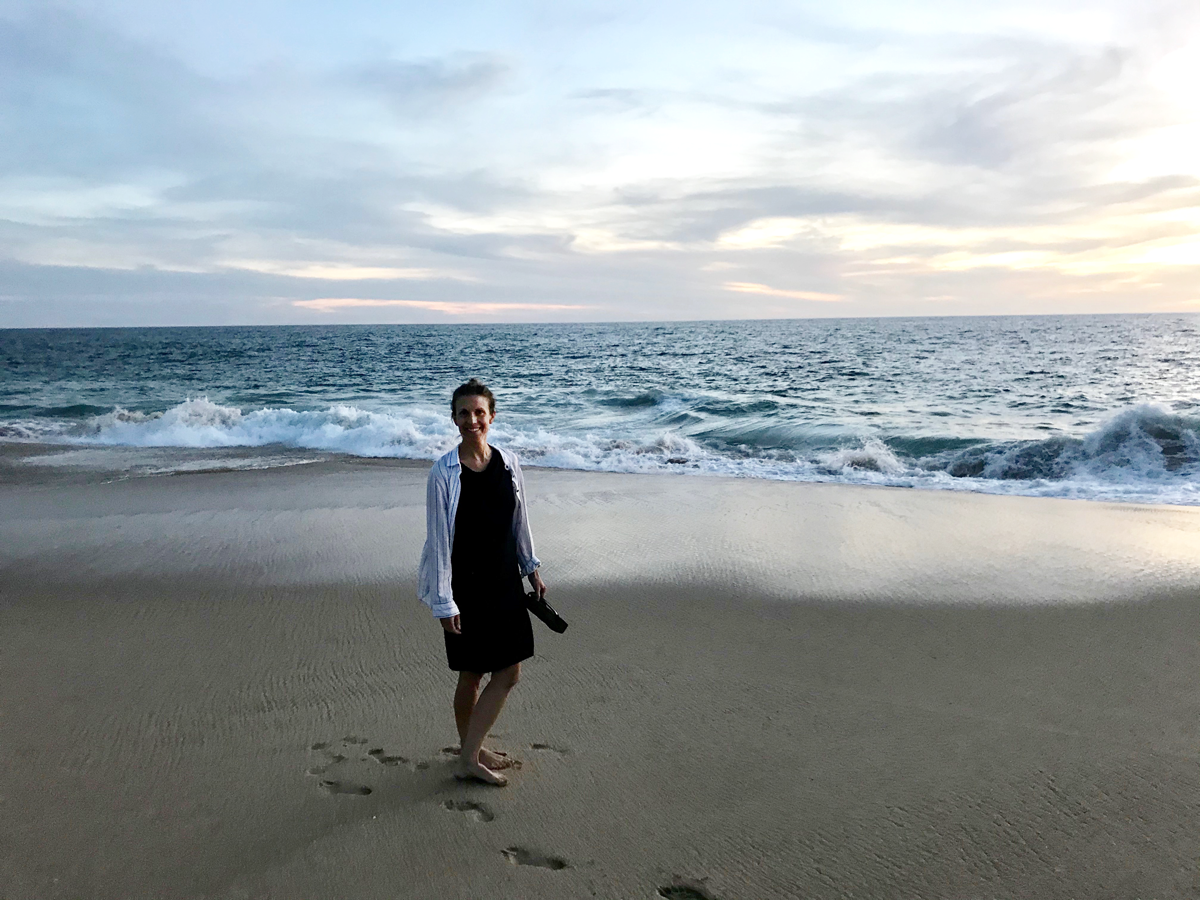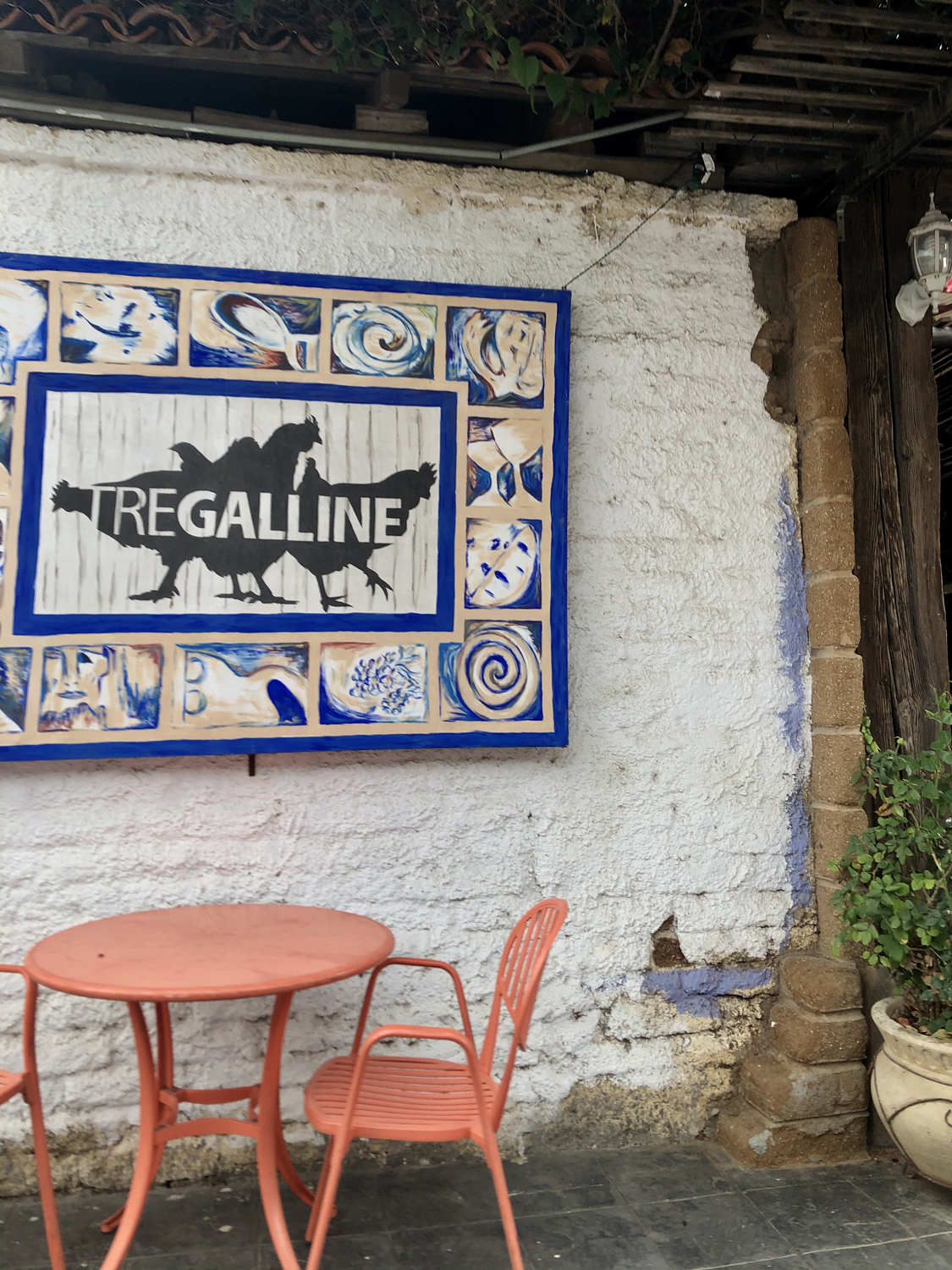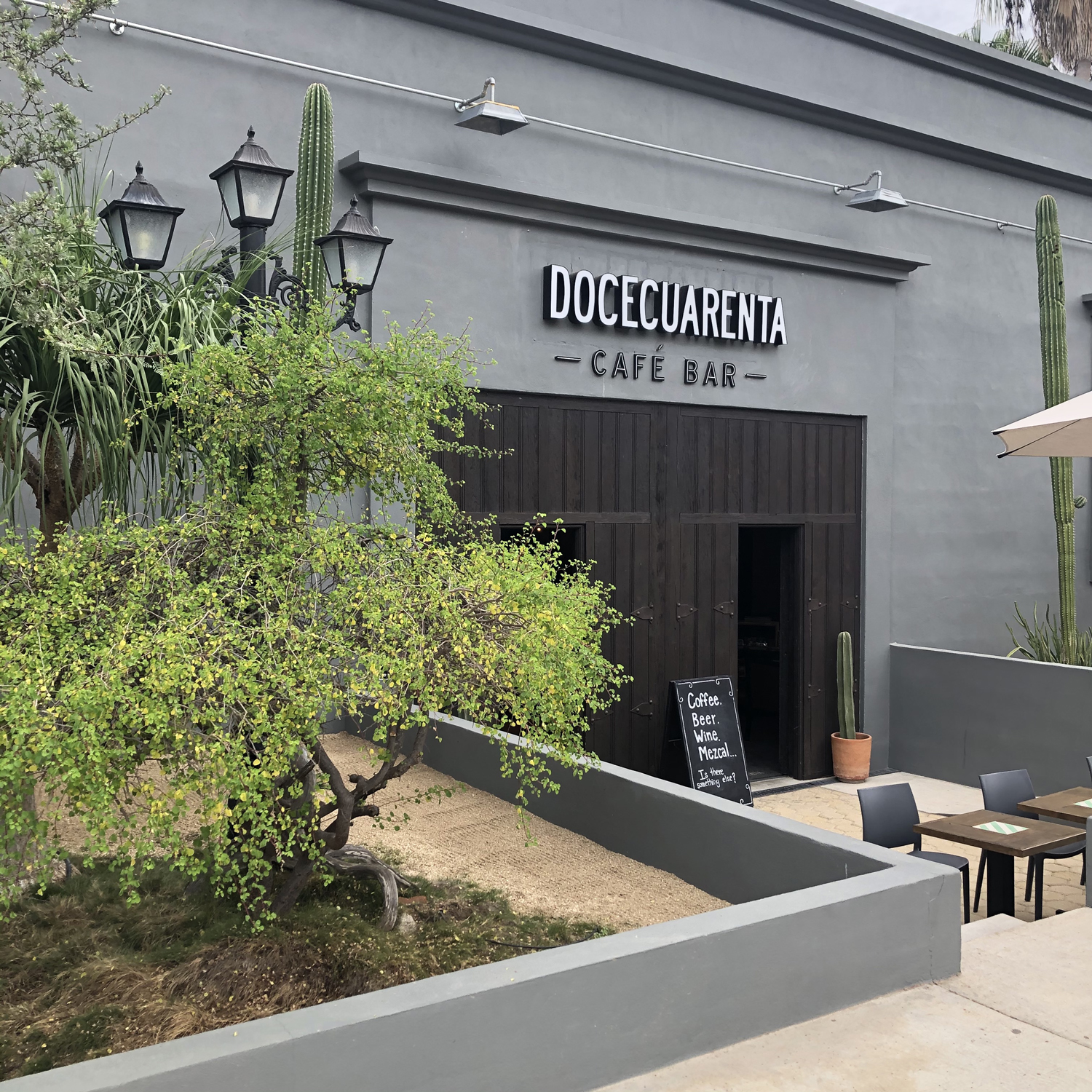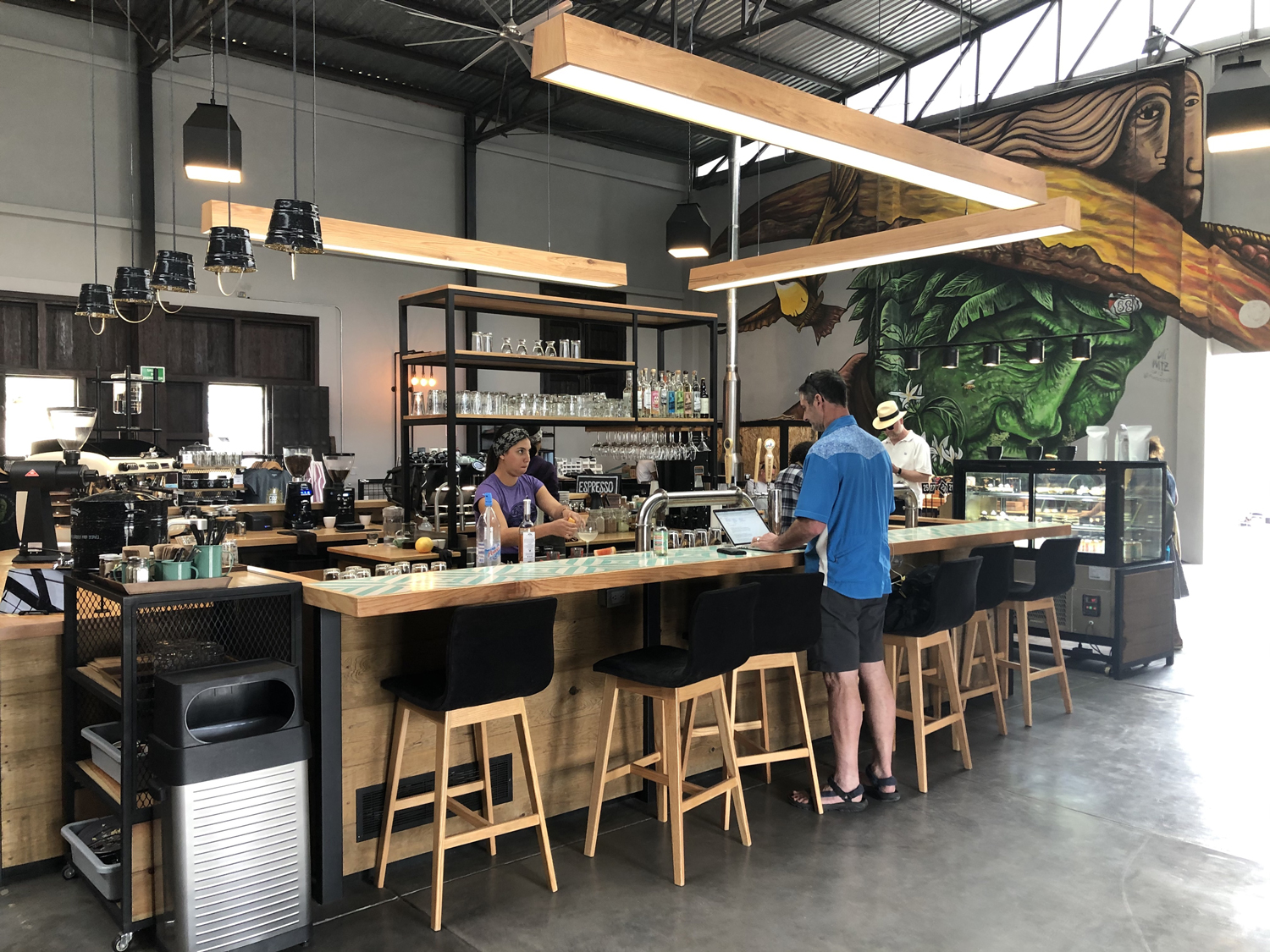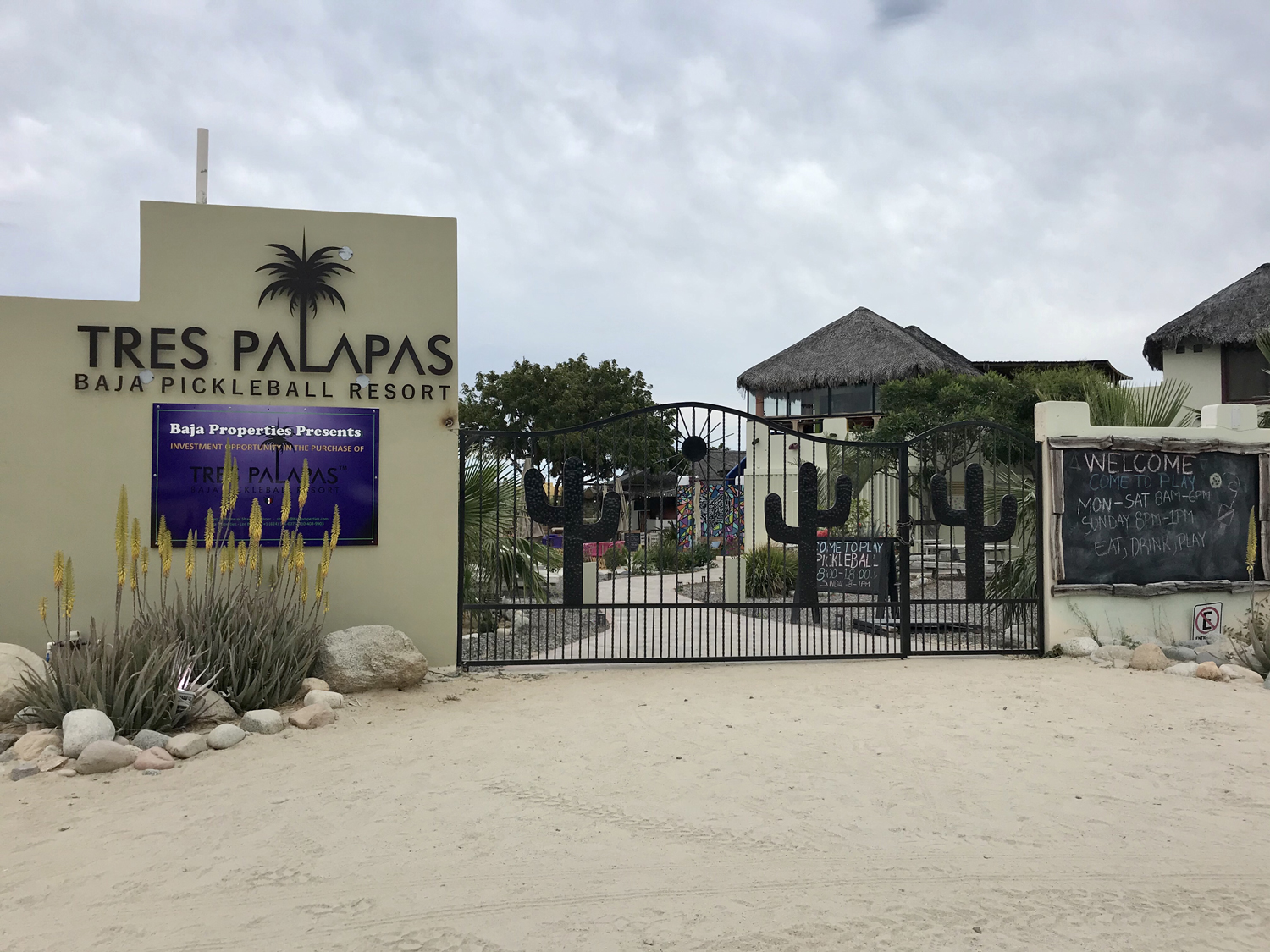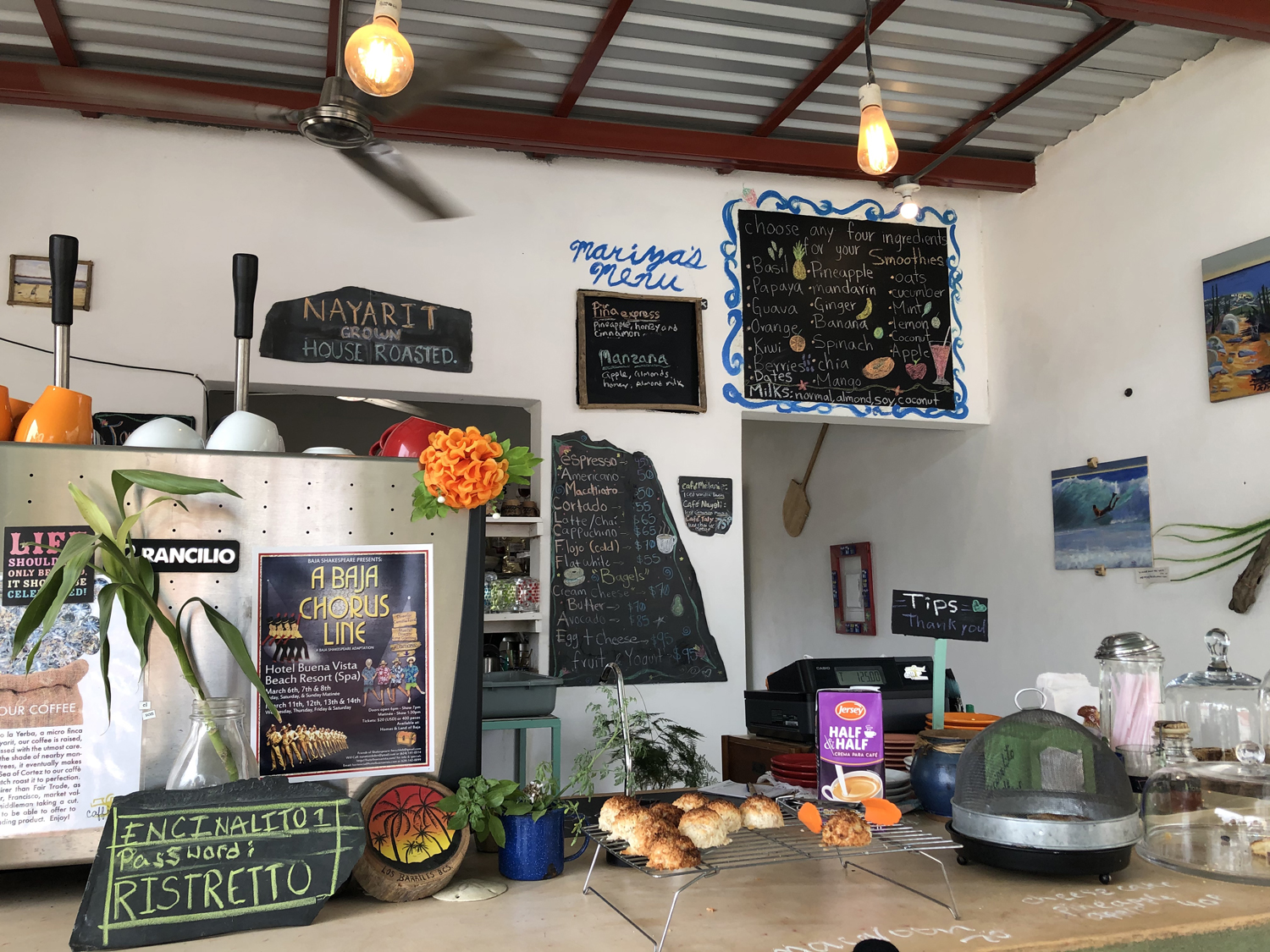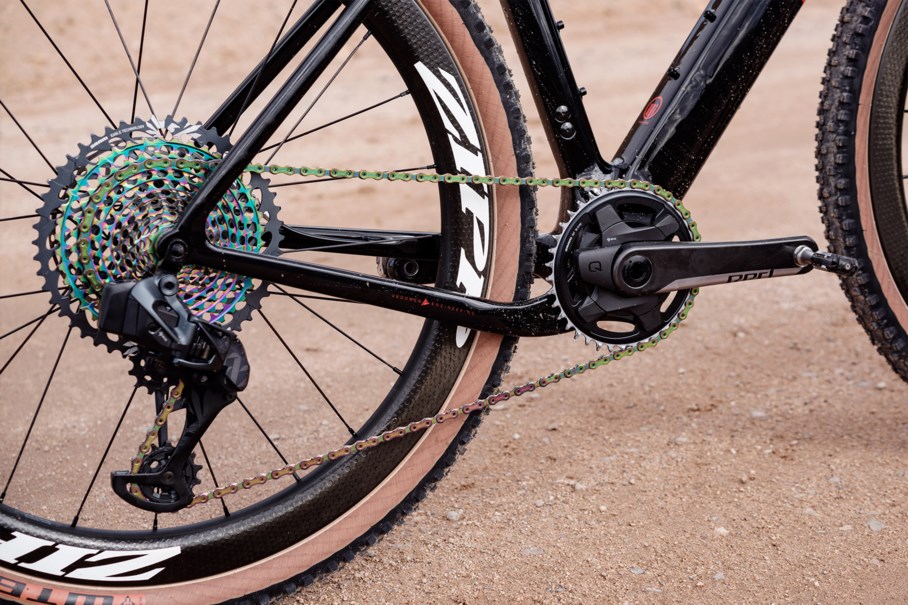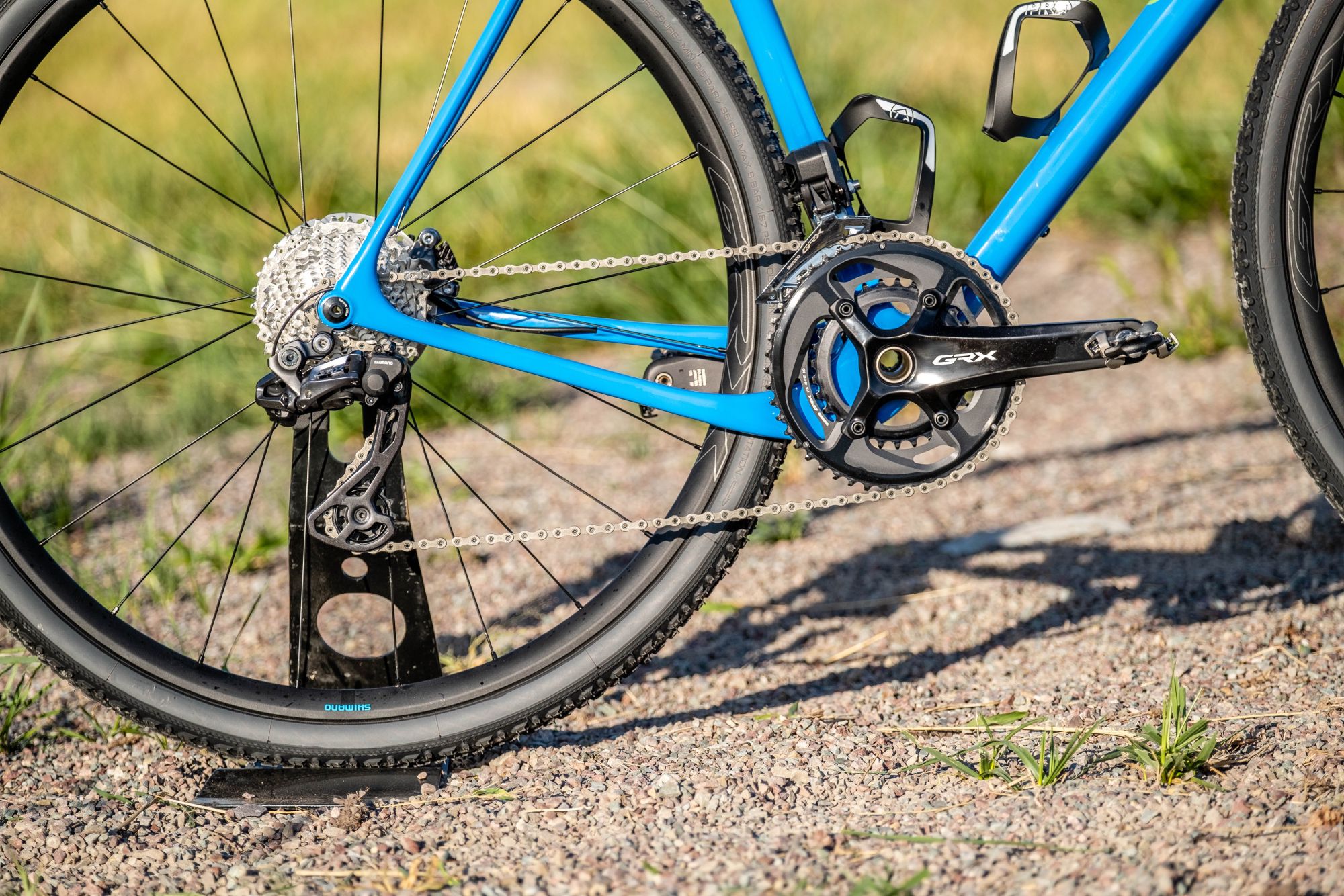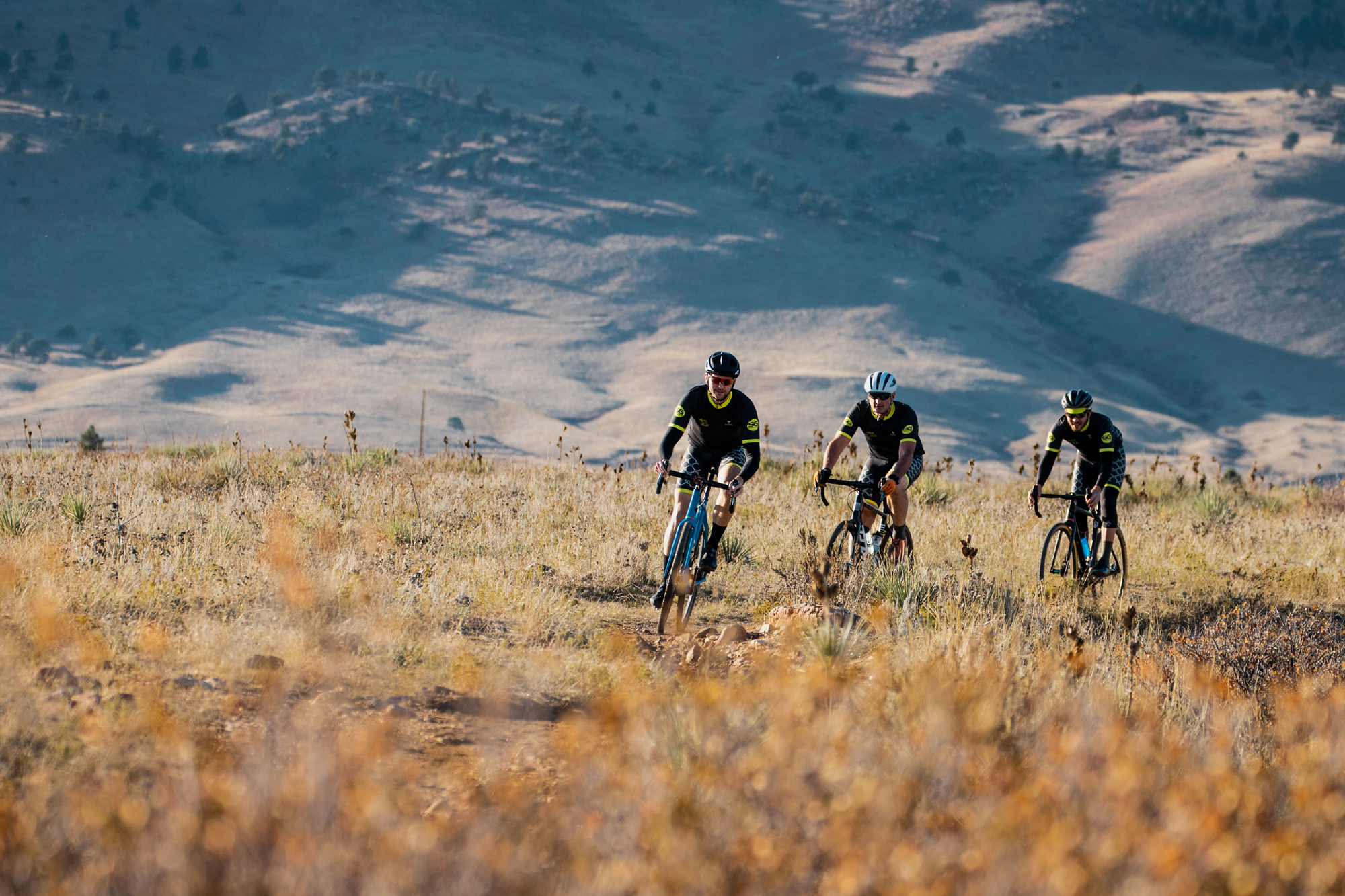
You might’ve noticed a few differences out on the trails in 2020. When the pandemic hit last spring, people flocked to the outdoors and open spaces in search of fresh air. As a result, trails became packed overnight with all sorts of new trail users of varying experience levels.
The funny thing is, it hasn’t really tapered off. Trails are busier than we’ve ever seen them and this doesn’t feel like it’s going away any time soon. With all the new faces out on the trails comes a learning curve.
Certain practices that might be common knowledge to a veteran are totally foreign to a brand new mountain biker or trail runner. In order to help bridge the gap, we figured it’s a good time to bring everyone up to speed on trail etiquette best practices so we can all enjoy the trails safely together.
From the slightly obvious to the more nuanced, we put together a quick guide to help make your trail experience better and share with new riders as they hit the trails.
The 10 Commandments of Trail Etiquette:
1. Always yield to uphill riders.
Straight from the trail etiquette 101 playbook, the rider traveling uphill always has the right of way. When you’re descending any trail, always slow down and politely move over for the climbing rider unless the climbing rider decides to move out of your way and give you the go ahead.
2. Keep singletrack single. Ride through it, not around it.
It can be tempting to ride off the trail to avoid a mud puddle, especially when tire tracks of riders before you have set the stage, but “ride arounds” ultimately widen the trail and take away from the way the trail was designed to be ridden. Stay on the trail and ride through the mud puddle. Don’t worry, your bike will be fine.
This also applies when passing other riders. Stay on the trail and don’t ride off of it in order to pass. When in doubt, stay on the trail.

Riding around muddy sections widens the trail and ruins singletrack trails. Photo BoCo Open Space.
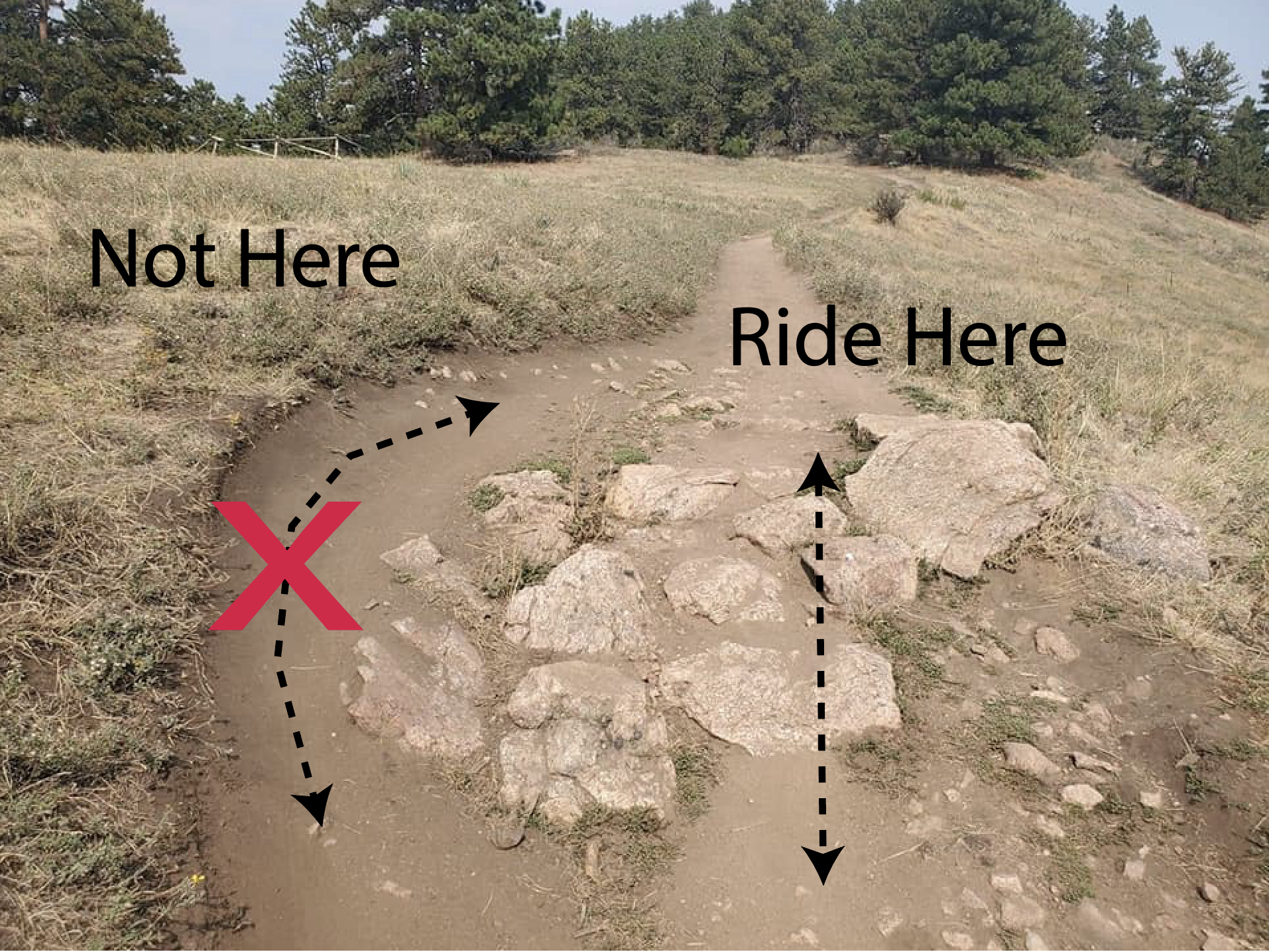
Photo: Nick Hanford, 303 Trail Monitor

3. Music – leave it at home.
Look, we all love to listen to music while we do our thing, we get it. The bottom line is that riding on the trails with headphones reduces your awareness and just isn’t acceptable on busy trails. Unless you’re on a quiet and isolated trail system, we don’t recommend riding with headphones.
And bluetooth speakers, well, just leave them at home. Nobody wants to listen to your jams.
4. Ride within your limits and when in doubt, just slow down.
Don’t be a hero out there. We’re all in this for fun, and narrowly flying by a group of hikers or riders can be intimidating and ultimately creates more tension between cyclists and other trail user groups.
Slow down and give other trail users some space, we’re all in this together.
If you’re going for a new PR or training for a specific downhill, ride it at off-times and be aware that your actions impact others’ experience. Take it easy, and ride within your ability levels.

5. Pick up after yourself – Leave No Trace
This one should be obvious, but the amount of wrappers and trash that we’ve seen left out on the trails this summer has blown our minds. Follow the simple rule: If you pack it in, pack it out.
If there’s any question as to what’s acceptable, check out the Leave No Trace Center for Outdoor Ethic’s principles here.

6. Mind the yield triangle.
It may hurt to swallow this one, but we must acknowledge that mountain bikers are the lowest members of the proverbial trail-use totem pole. It’s our responsibility to yield to all other trail users out there in order to keep the peace.
Yield to horses.
Yield to hikers.
Yield to trail runners.
Yup, just slow down and give way.

7. Use a Bell
While it may not be absolutely required, a bell is about the best way to lower tensions out on the trail. It’s the best ten bucks you’ll ever spend.

8. Obey All Trail Closures – Know Before You Go
There are days where Mother Nature speaks her mind and tells us to just stay home. On those days, it’s our responsibility to listen. Riding muddy trails can damage and permanently alter the terrain for years to come and it’s our duty to exercise a little self-control and wait it out when the trail just isn’t ready.
If you find yourself out on a ride and in a questionable scenario, consider turning back. Are your tires actively sinking into the mud? Is your rear tire slipping and sliding as you pedal? These are good indicators that the trail is too saucy to ride.
Thankfully, we have a ton of resources available to us to check on trail conditions to avoid showing up to a messy trail. If you feel as though conditions might be uncertain, check the Boulder Mountain Bike Alliance Trail Conditions page for status updates before you head.
Another excellent online resource is 303 Trail Monitor on Facebook. This is an active online community with over 16,000 members constantly chattering about trail conditions in Colorado. If you’re looking for the status on a trail, odds are someone here knows!
9. Be prepared.
You’ve all ridden with that friend who doesn’t bring a tube or a pump and relies on you to fix their flat. Don’t be that person. Carry basic tools to fix a flat tire, broken chain and make minor adjustments to your bike.
Additionally, know your route, bring enough water and food and be self-reliant. If you have any questions on how to prepare for a ride, ask us!
10. Above all else, Be polite.
You know how your high school football coach always said, attitude is everything? Well, he was on to something. A good attitude can resolve almost any conflict you encounter out there. It’s a privilege to recreate in the great outdoors and on public land and it’s our duty to share it responsibly with our fellow humans.
Smile at the hiker you pass, say thank you to those that yield, and give a shout of encouragement to the kids out there. We’re all in this together, folks.








